When it comes to raising a healthy leopard gecko, many new reptile parents might believe that providing UVB light is the most crucial step. While UVB light plays a role in your gecko's well-being, it’s not the full story. The truth is, belly heat is essential for your leopard gecko to properly digest food and feel comfortable.

Let's explore some common mistakes and the best ways to ensure your gecko is getting the belly heat it needs.
Common Mistakes with UVB Lighting
It's a common misconception that UVB lighting alone can meet all the heating needs of your leopard gecko. Many new owners set up a UVB light above the tank, thinking it's sufficient for warmth. However, while UVB is beneficial, it doesn’t provide the necessary belly heat that leopard geckos rely on for digestion. Without proper belly heat, your gecko could face digestive issues and overall discomfort.

The Importance of Belly Heat
Leopard geckos are ectothermic, meaning they rely on external heat sources to regulate their body temperature. Belly heat is critical because it aids in digestion by warming the gecko's belly when they lie on a heated surface. In their natural habitat, leopard geckos absorb heat from the sun-warmed ground, which is why replicating this environment is crucial in captivity.

Providing the Right Belly Heat
To properly care for your leopard gecko, you need to ensure they have access to belly heat. Here are some methods to achieve this:
- Heated Rock Placement - Place a rock under the UVB light. The rock will absorb the heat from the light, and your gecko can lie on it to get the necessary belly warmth. This method mimics the natural environment but may not provide consistent heat, especially at night.
- Heat Pad or Heat Tape - Installing a heat pad or heat tape underneath the tank is another effective way to provide belly heat. These tools offer a consistent heat source, which is vital for your gecko’s digestion. However, when using this method, it’s important to supplement your gecko's diet with calcium, as they won’t receive the full spectrum of nutrients from light alone.
If you opt for a heat pad or heat tape, consider using our Triple Dish. This product is specially designed with separate bowls for calcium, food, and water, ensuring that your gecko gets the necessary supplements alongside their heat source. Calcium supplementation is crucial to prevent metabolic bone disease, especially when UVB light is not the primary heat source.
When using heat pads or heat tape, safety should be a top priority. Overheating can be a concern, particularly if there's a malfunction. That’s why we recommend our Premium Liner. It features natural rubber built underneath, offering a protective barrier that prevents your gecko from burning their skin if the heat pad or tape overheats. This liner is designed to provide peace of mind, ensuring your gecko’s safety while maintaining a natural and comfortable environment.
Providing the right environment for your leopard gecko is key to ensuring their health and happiness. While UVB lighting is important, belly heat plays a crucial role in your gecko's digestion and overall well-being. By avoiding common mistakes and using the right products, like our Triple Dish and Premium Liner, you can create a safe and comfortable habitat for your gecko.
Remember, a well-cared-for gecko is a happy gecko, and with the right setup, your pet will thrive for years to come.






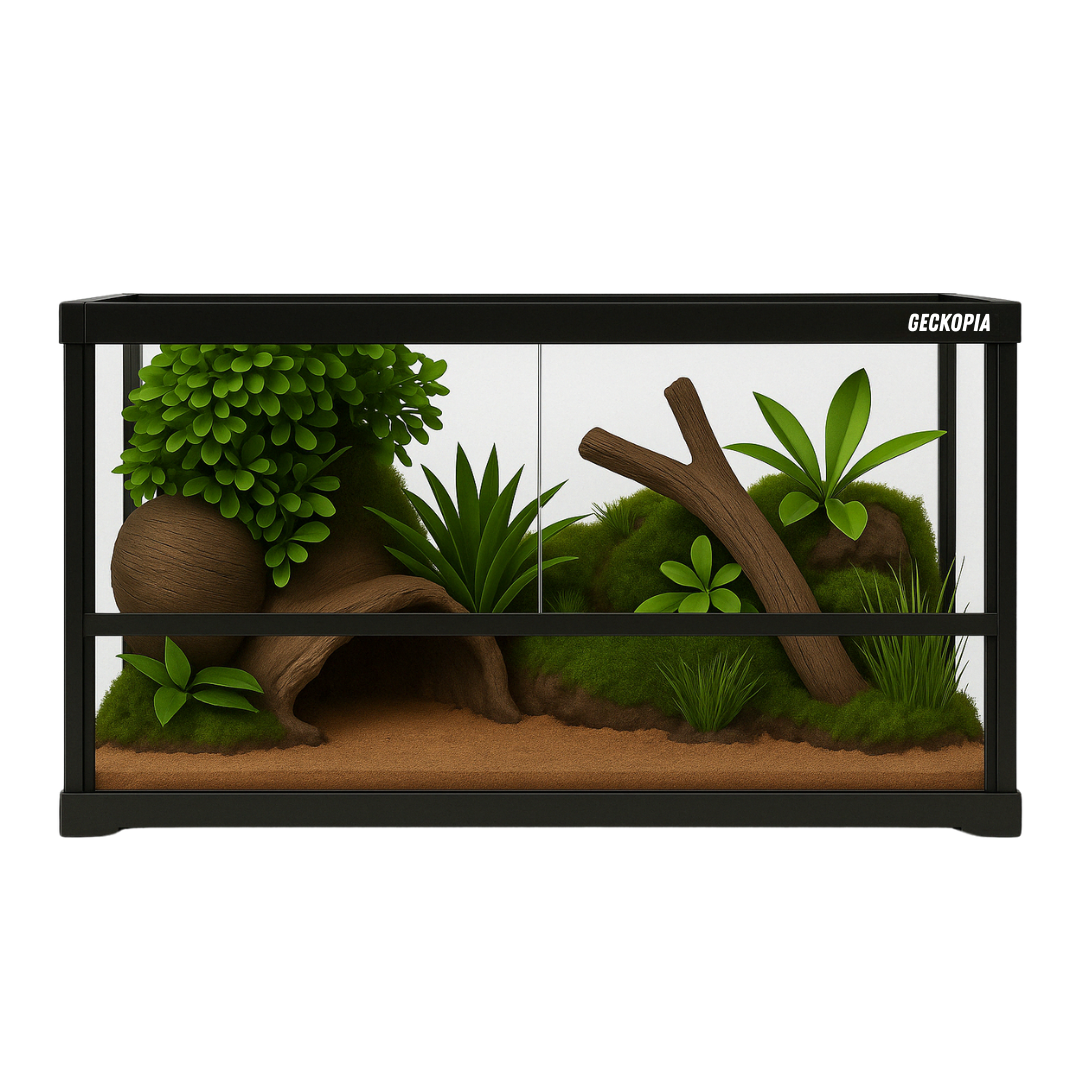
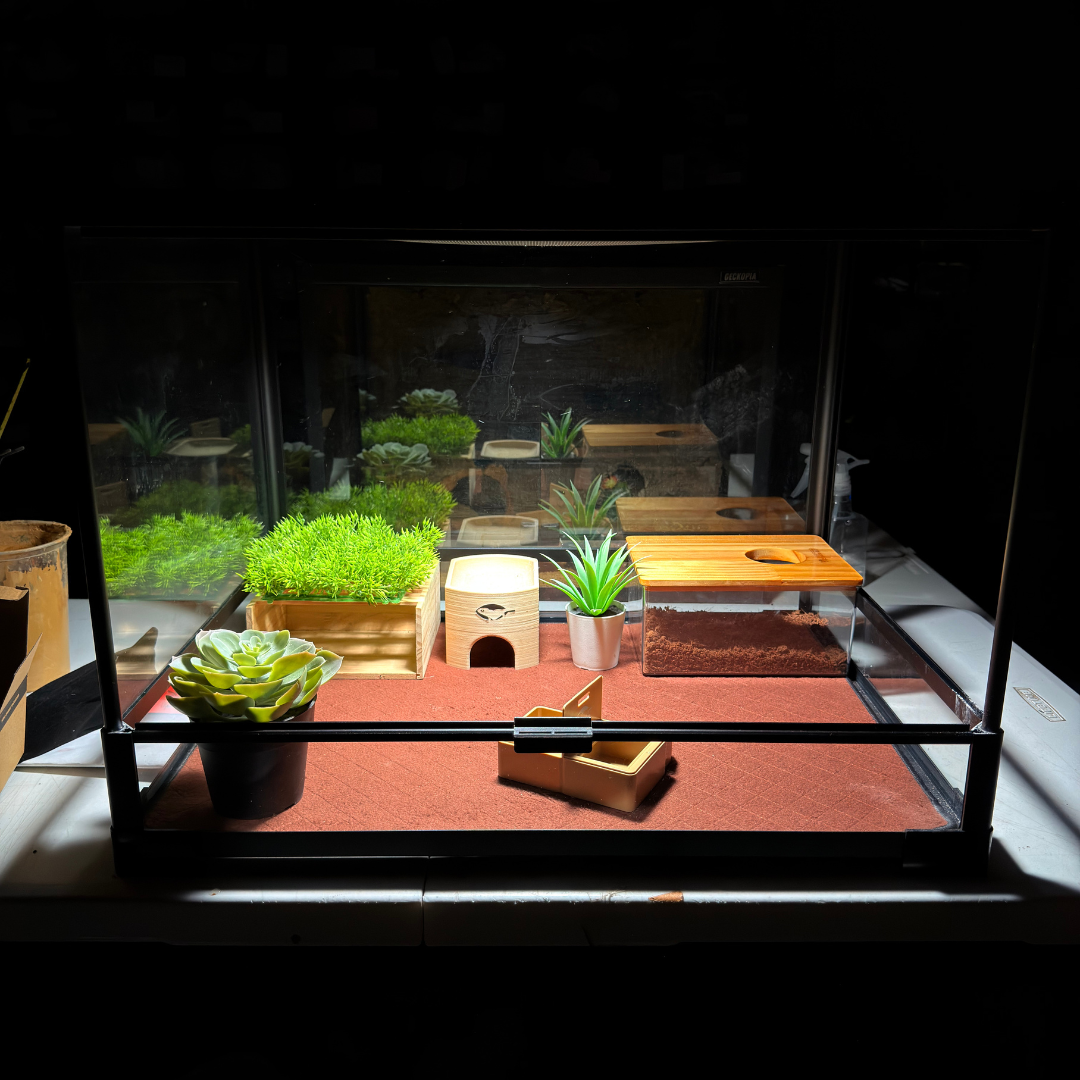
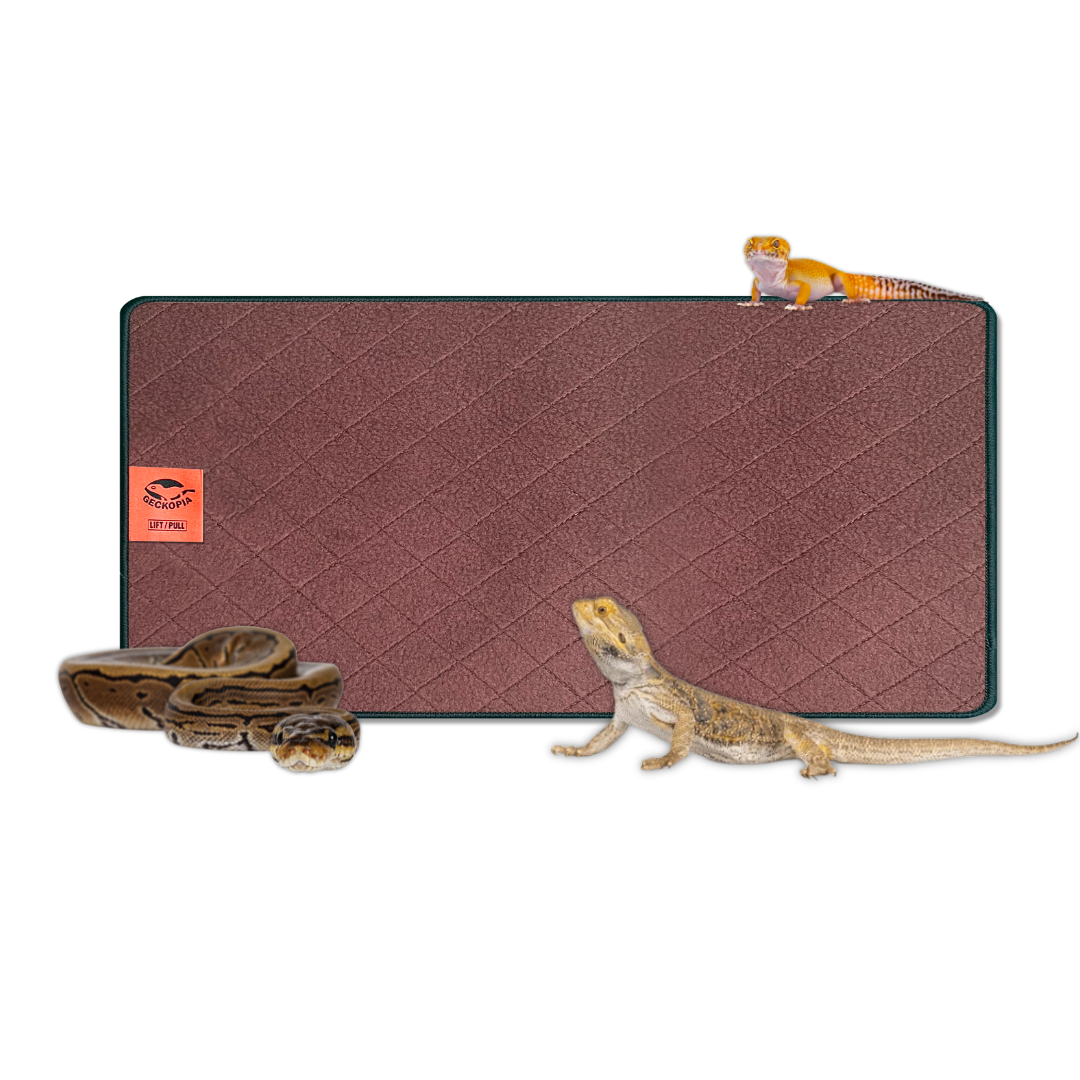
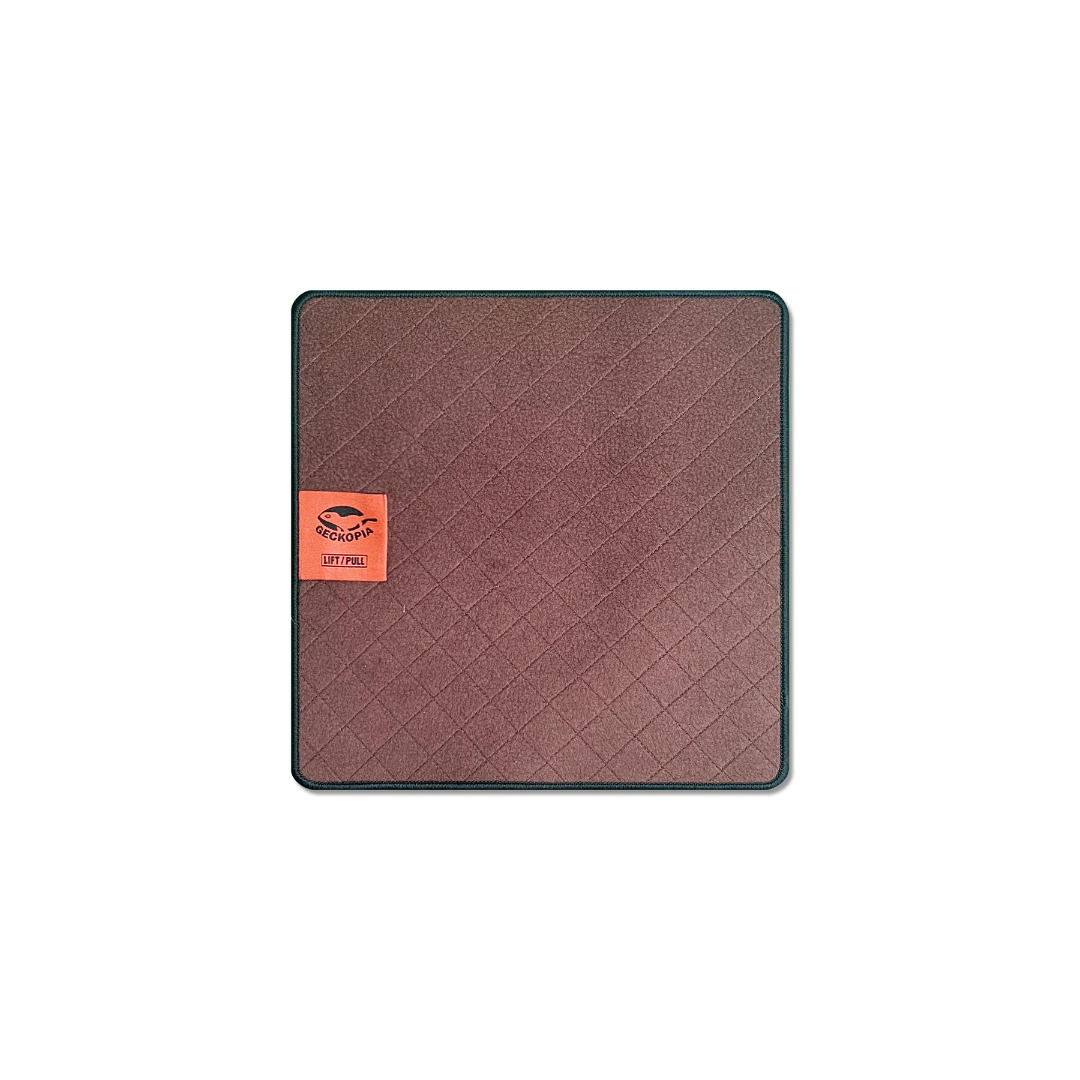
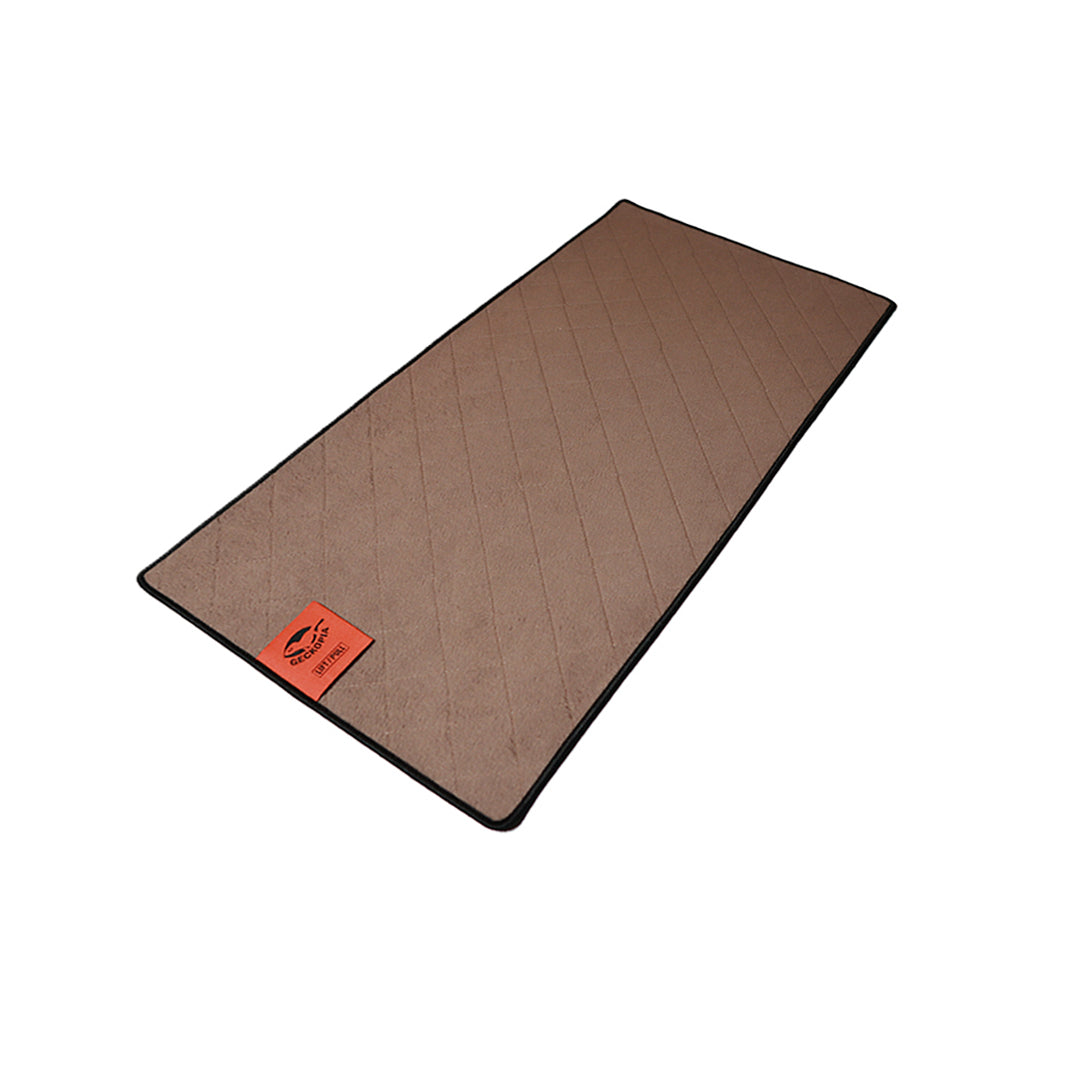
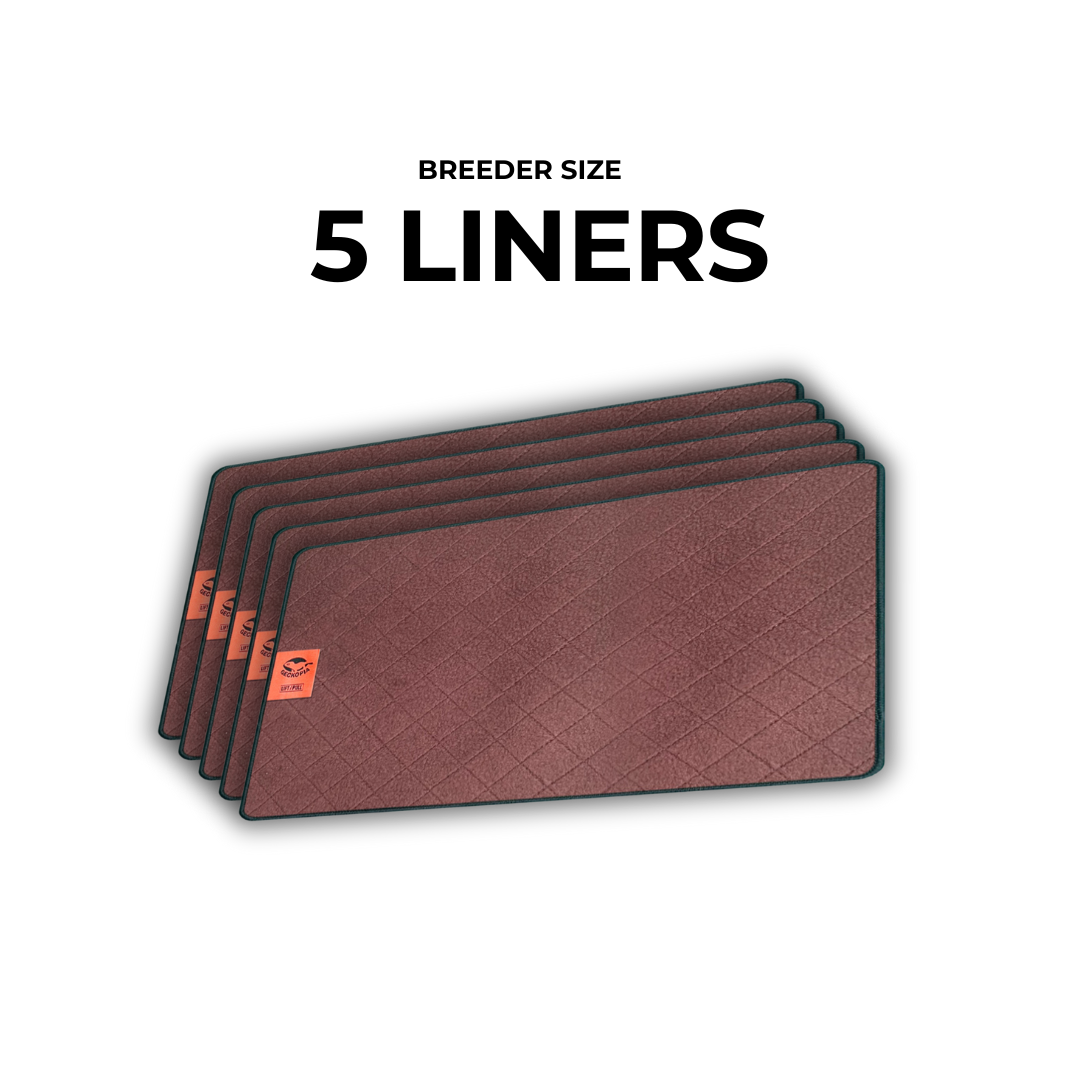
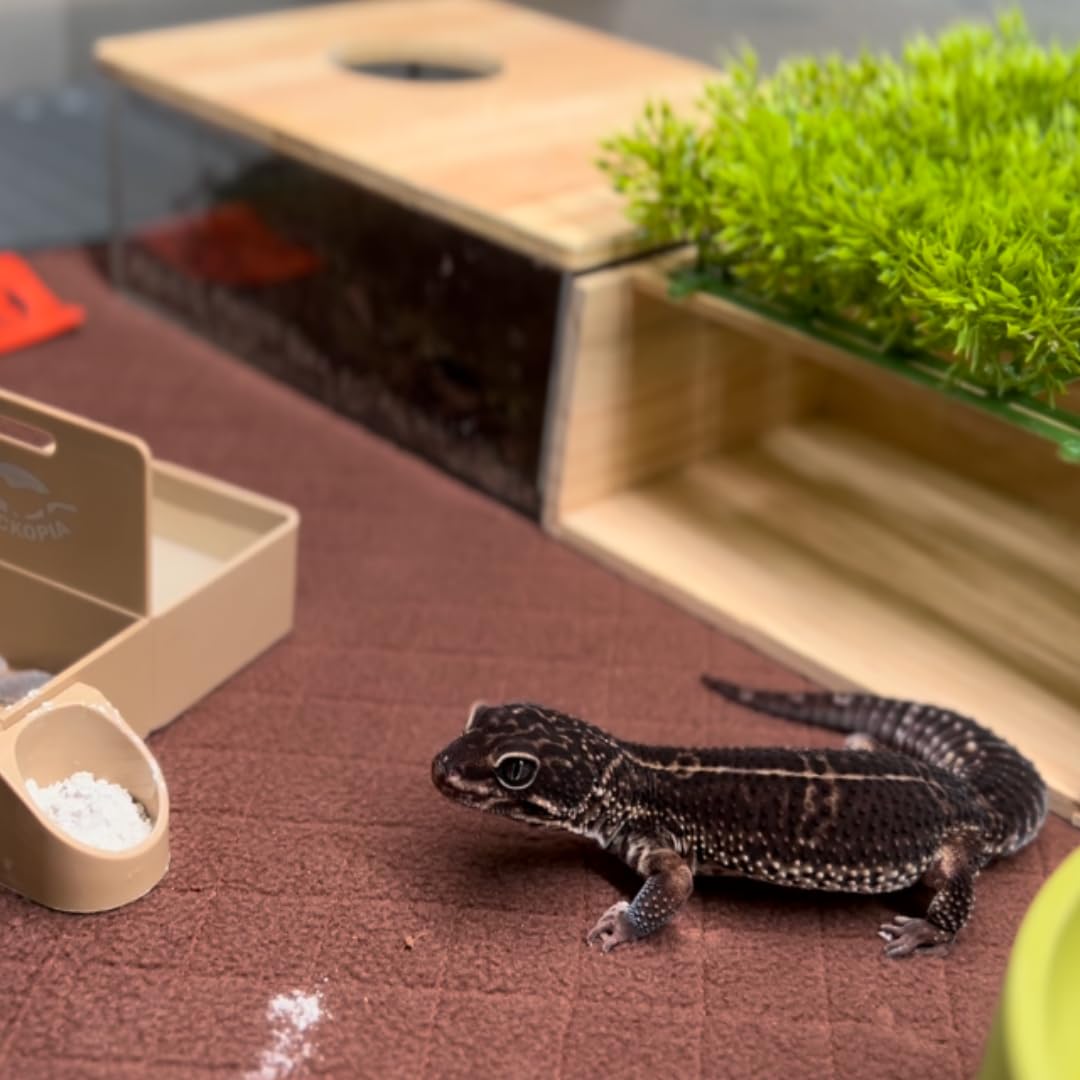
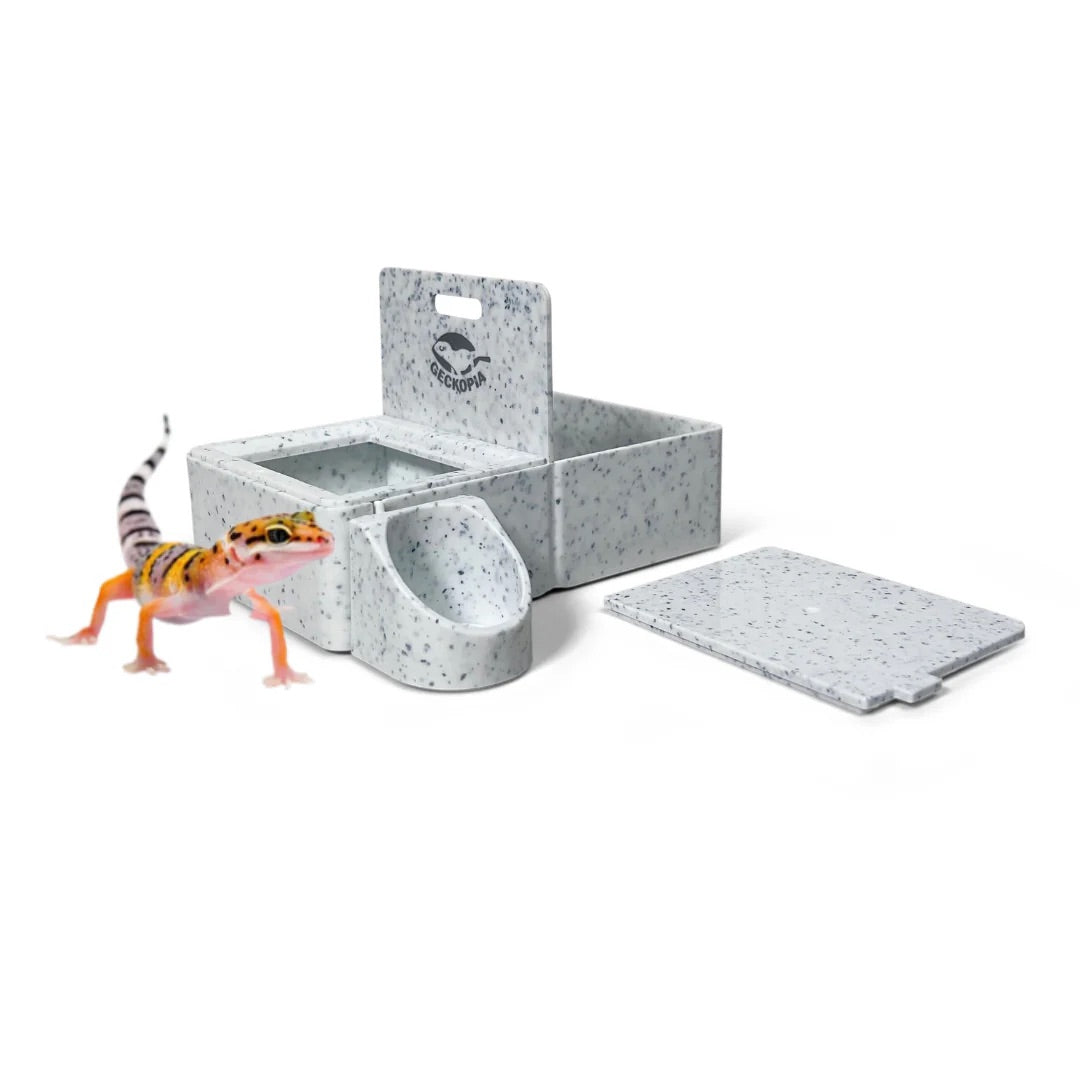

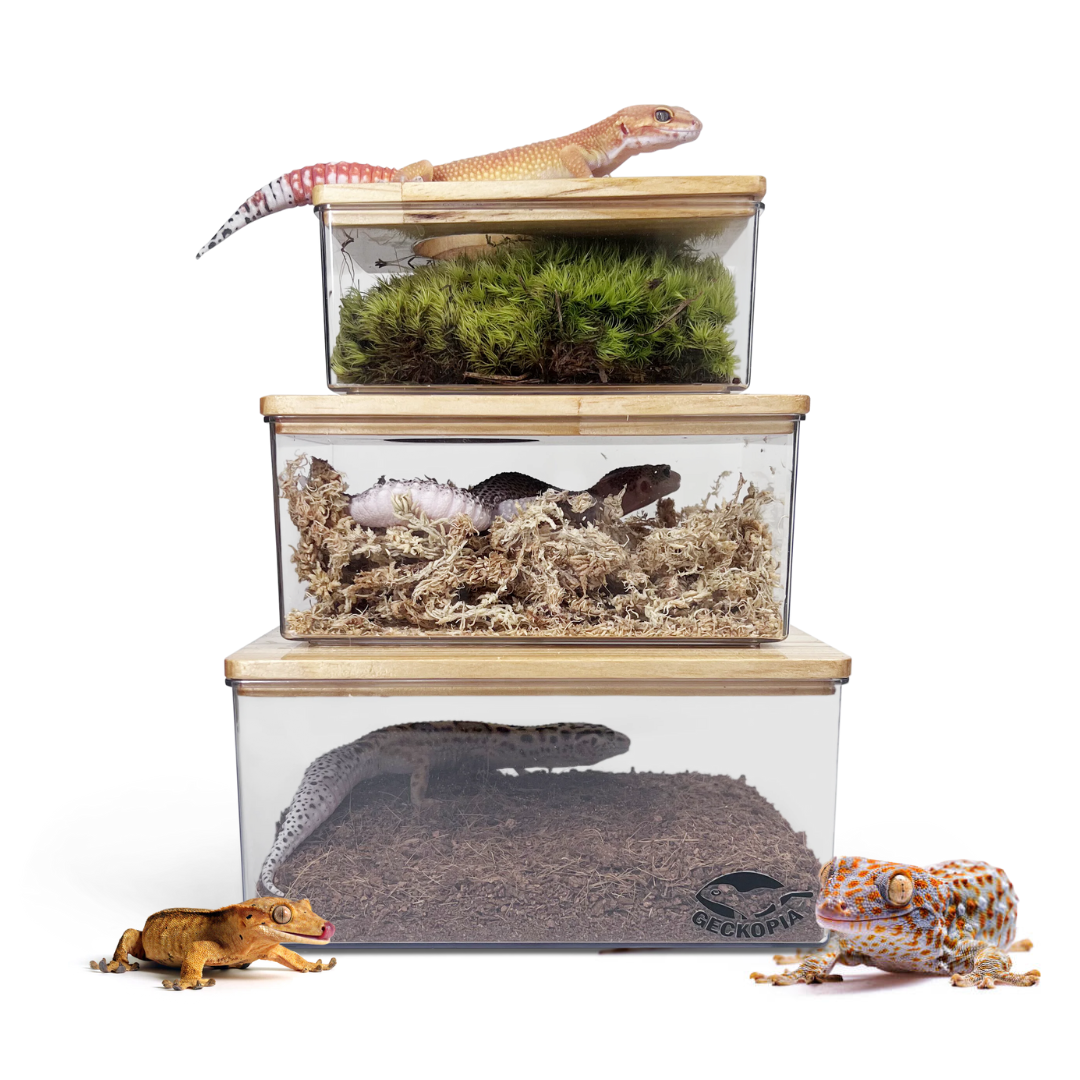
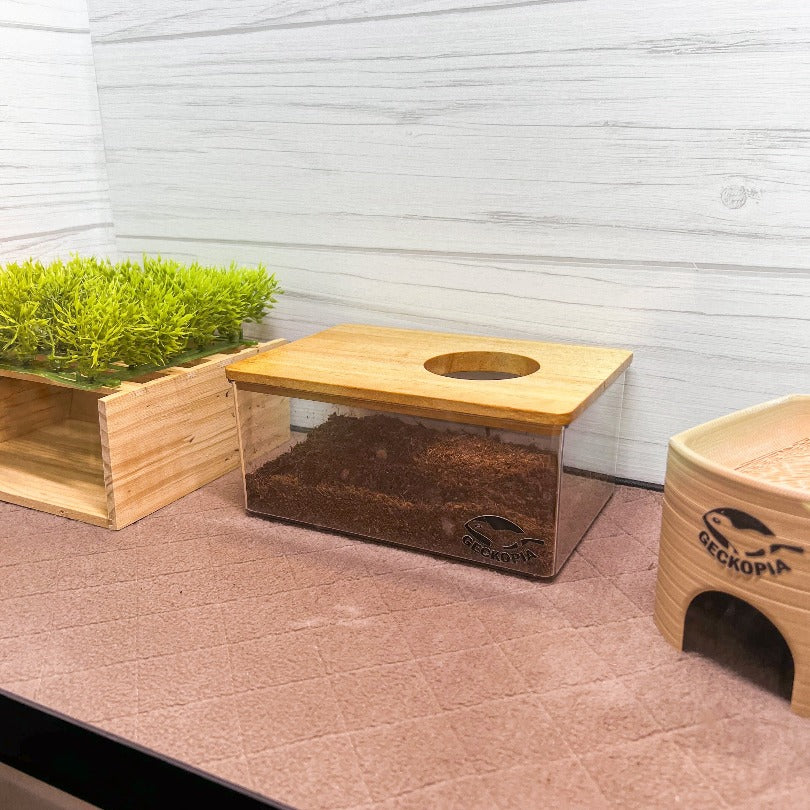
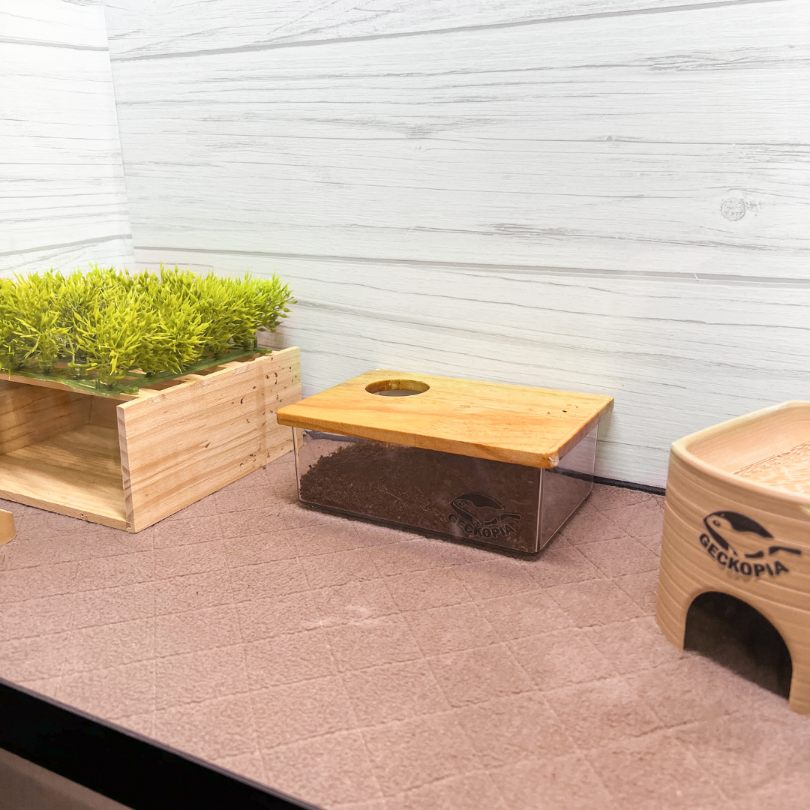
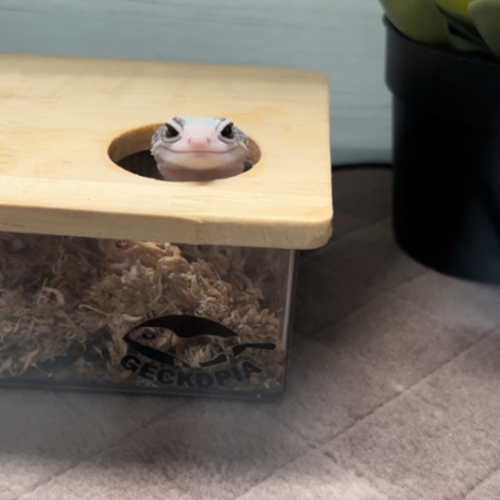
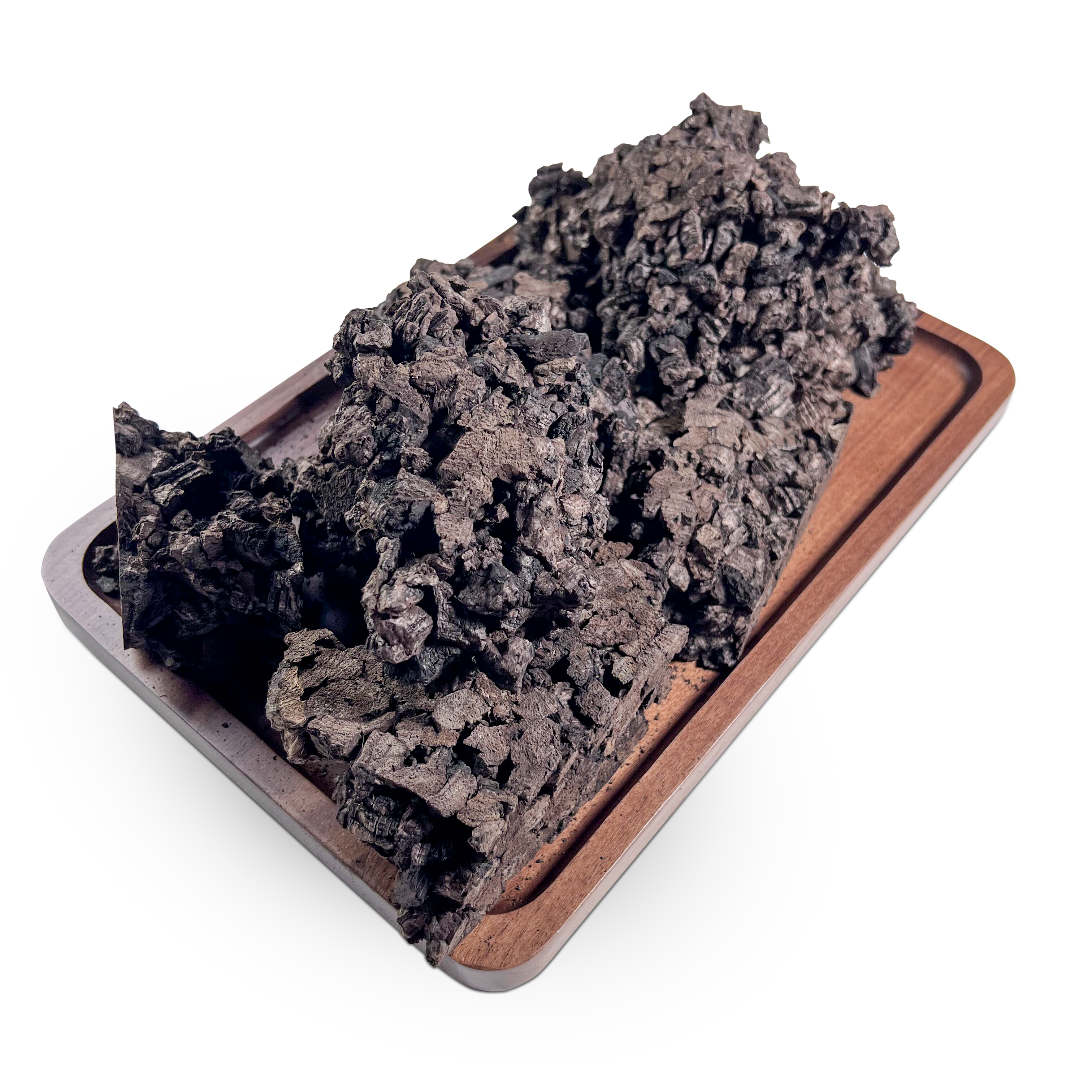
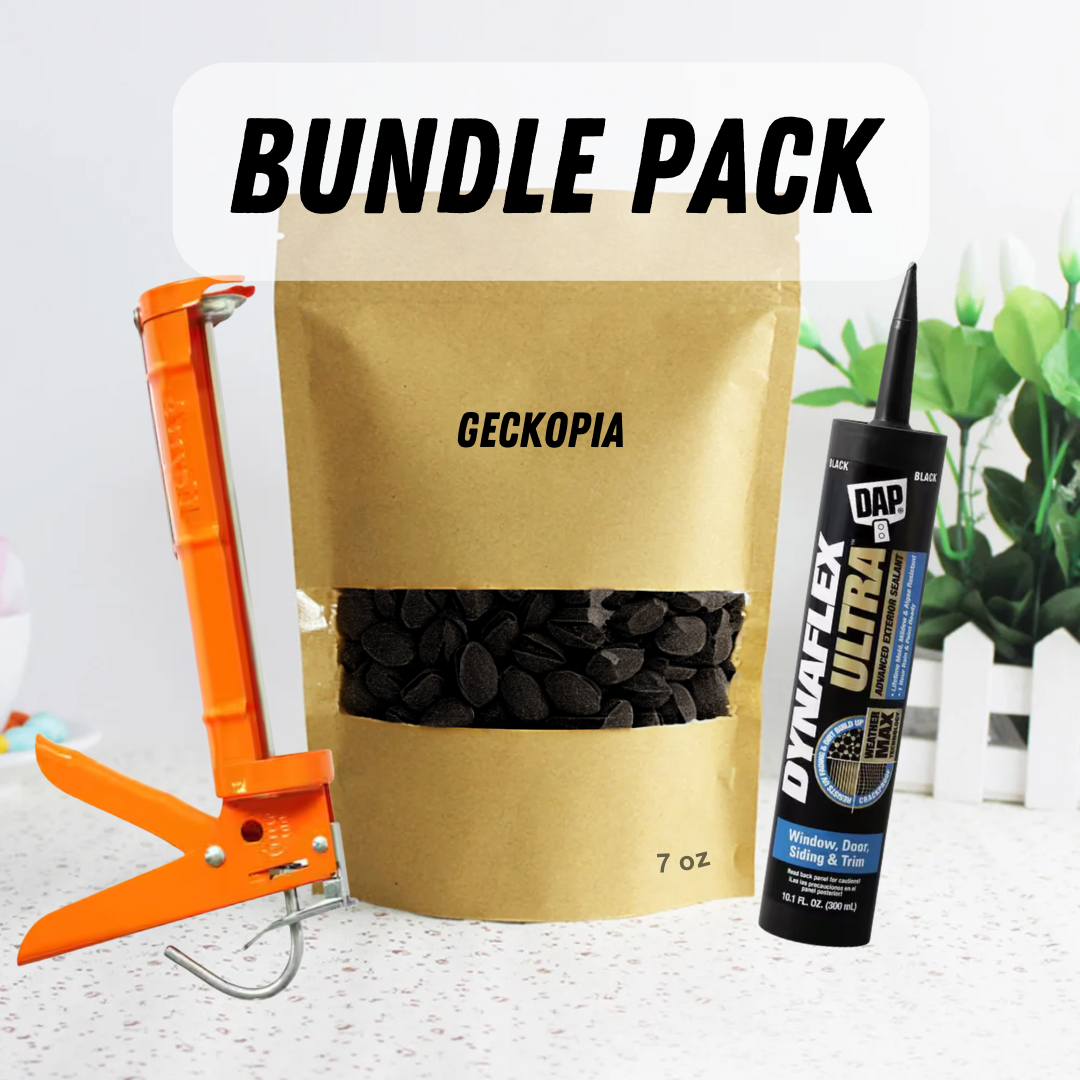

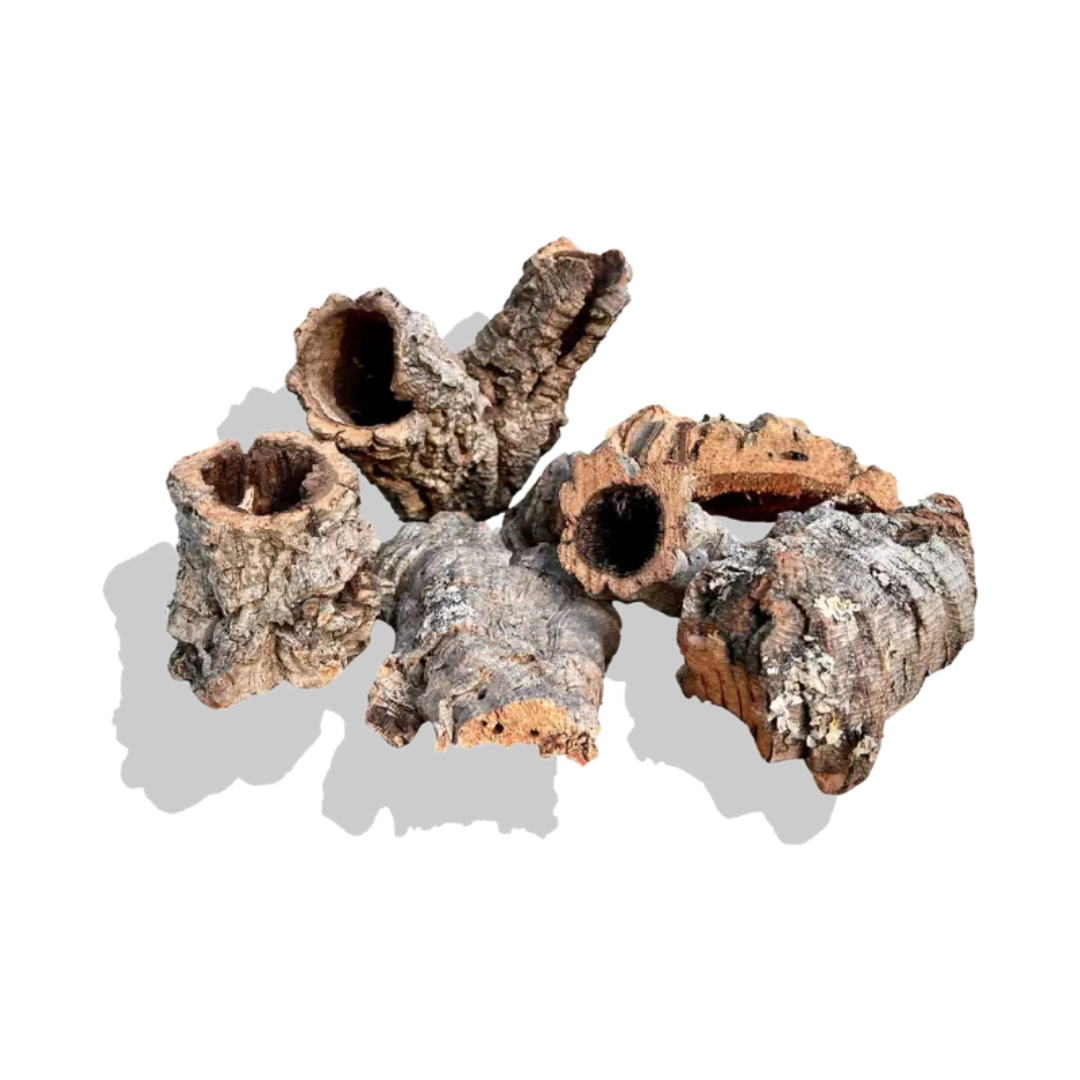
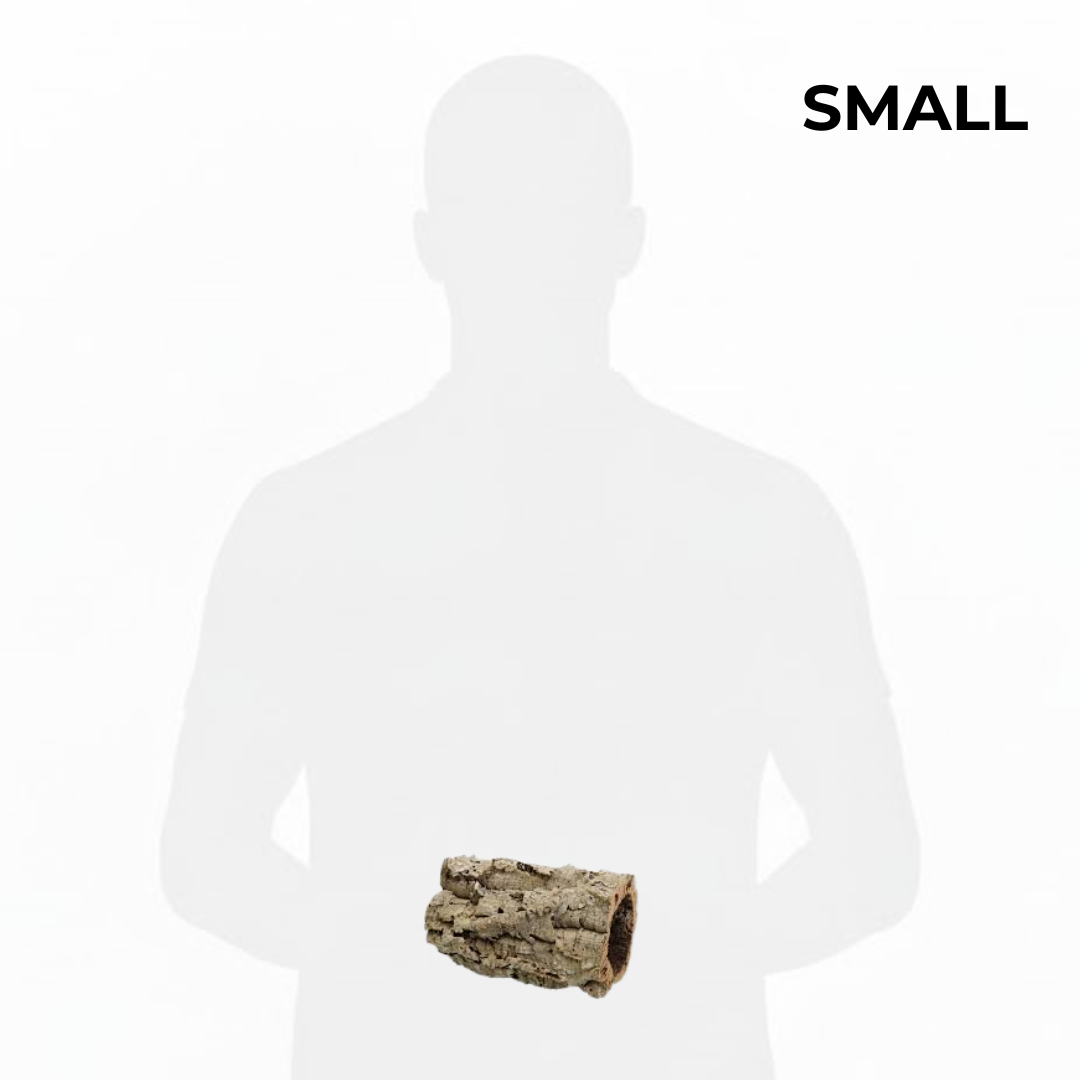
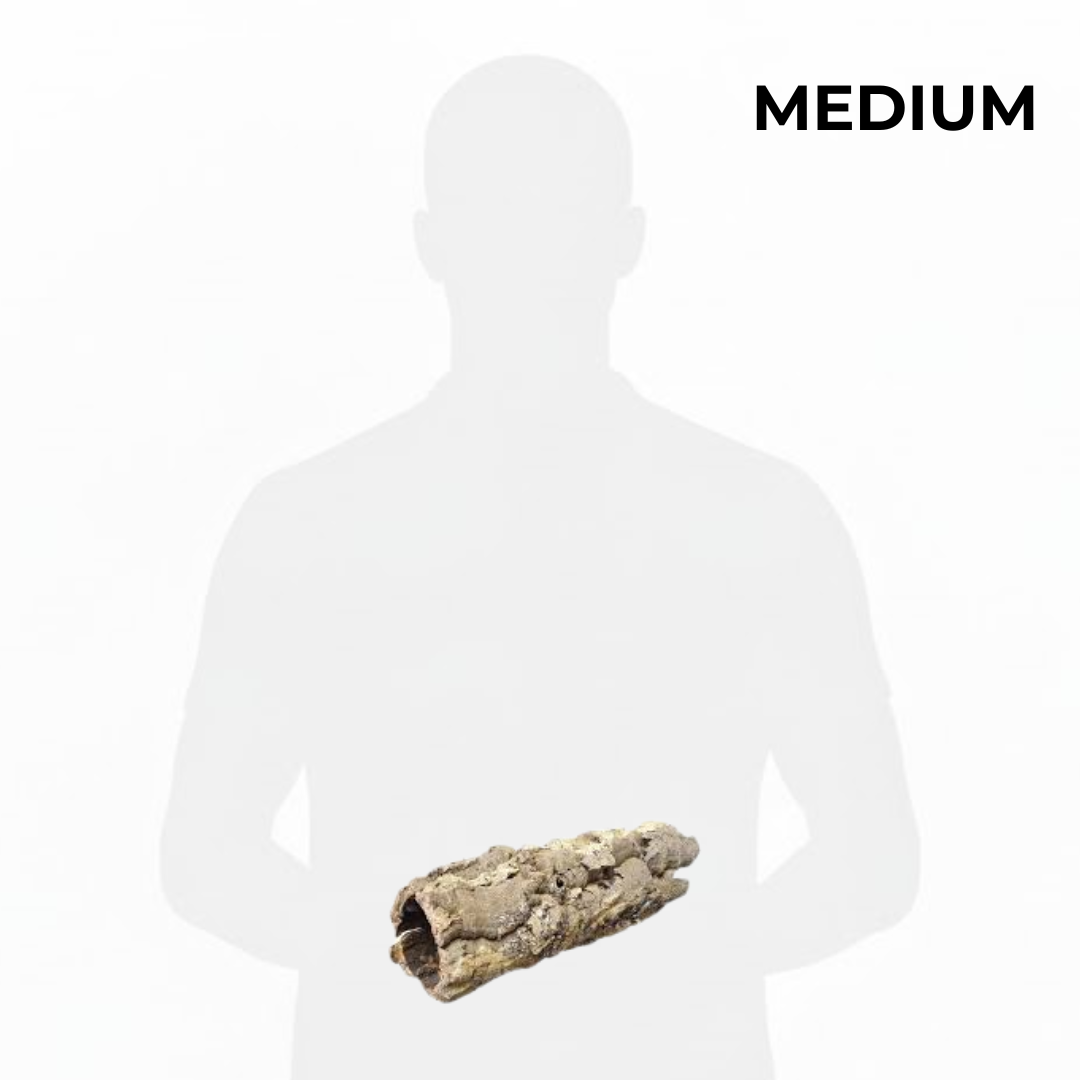
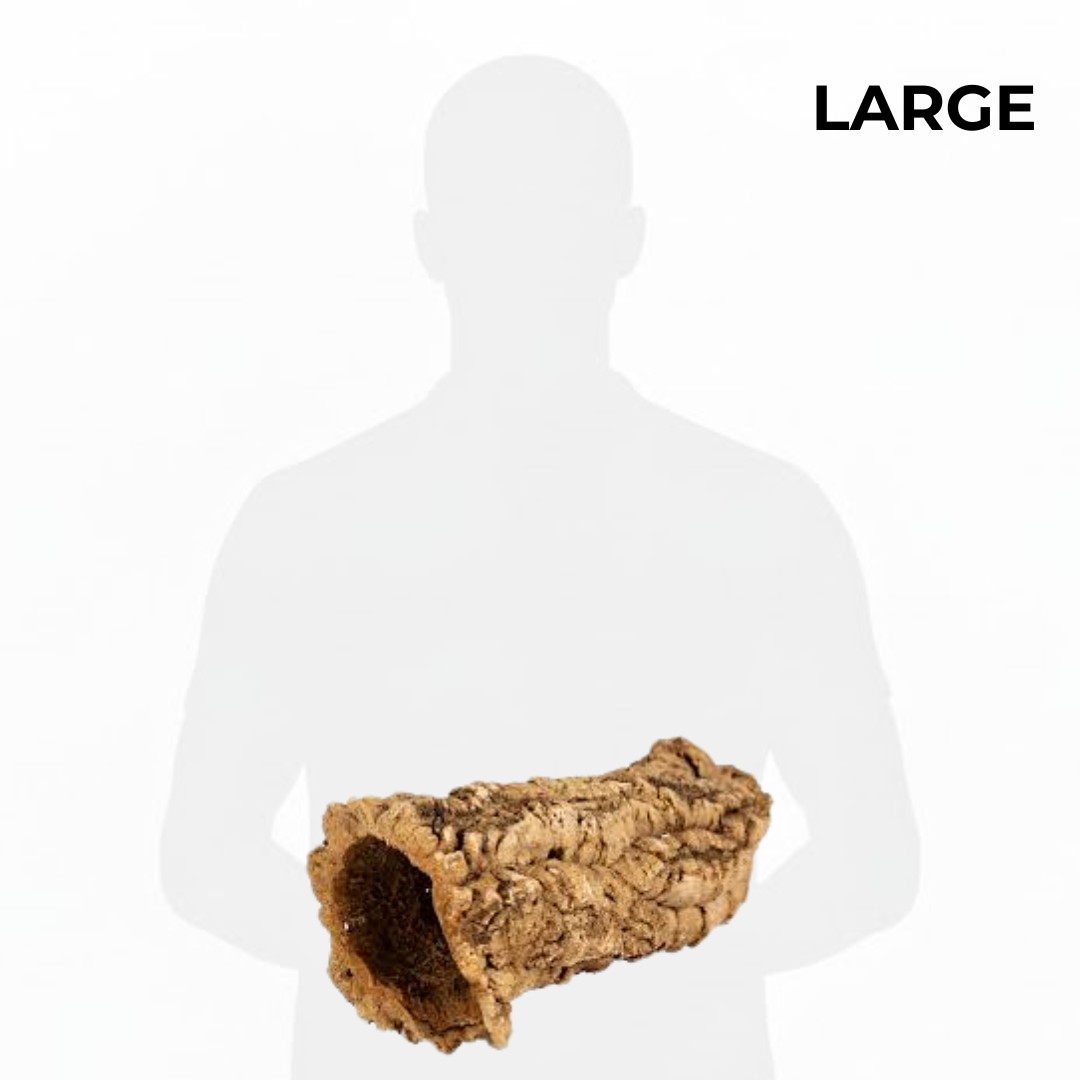
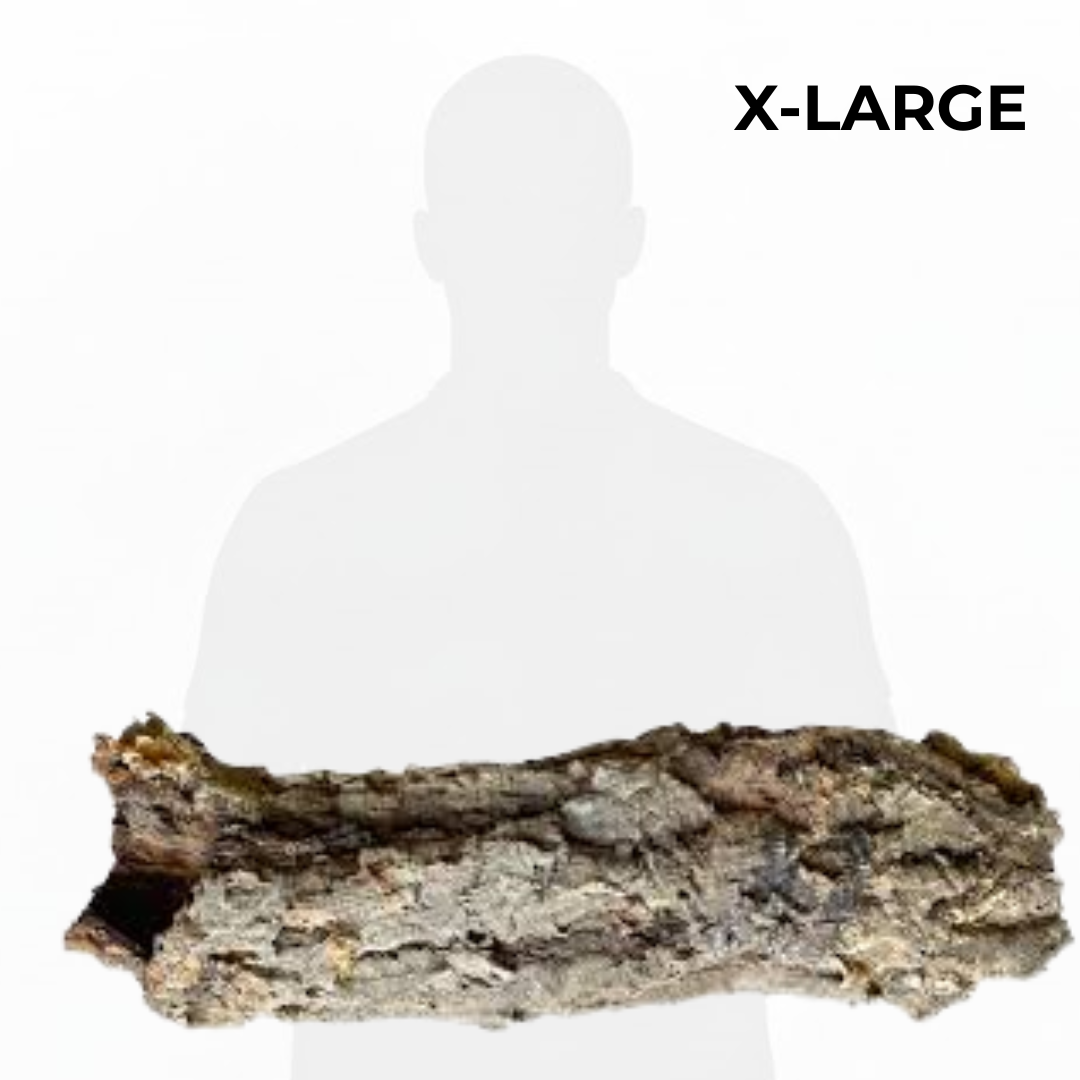
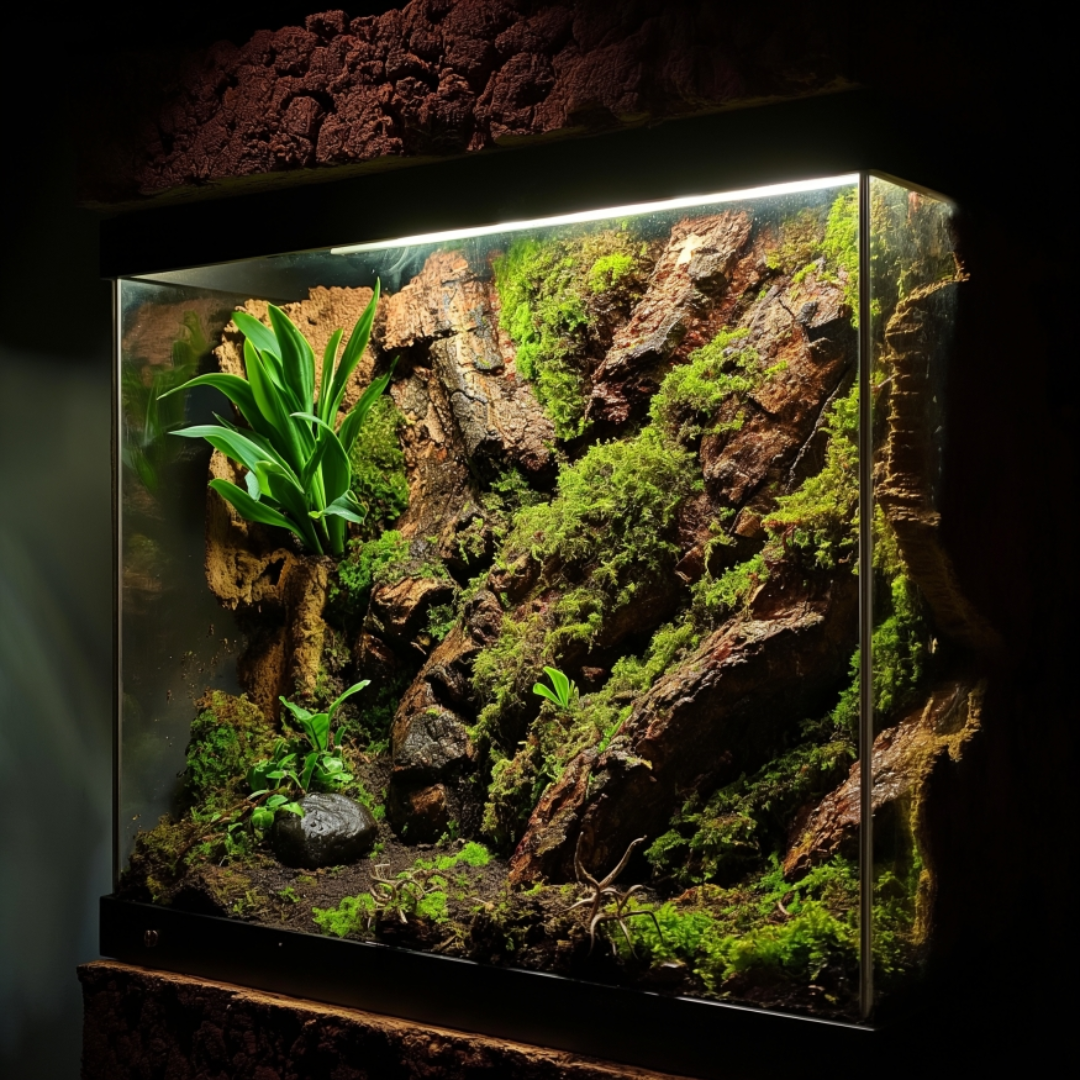
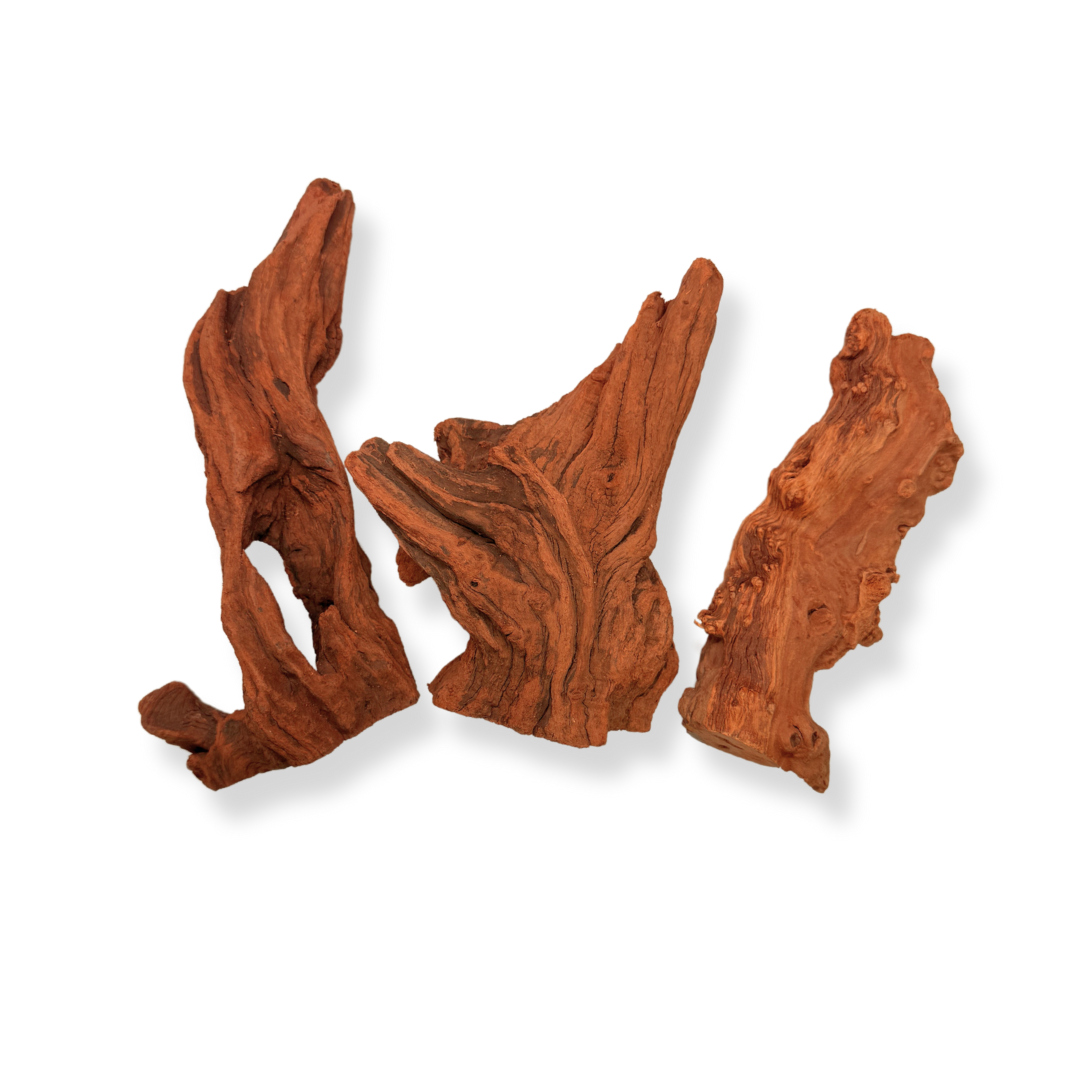
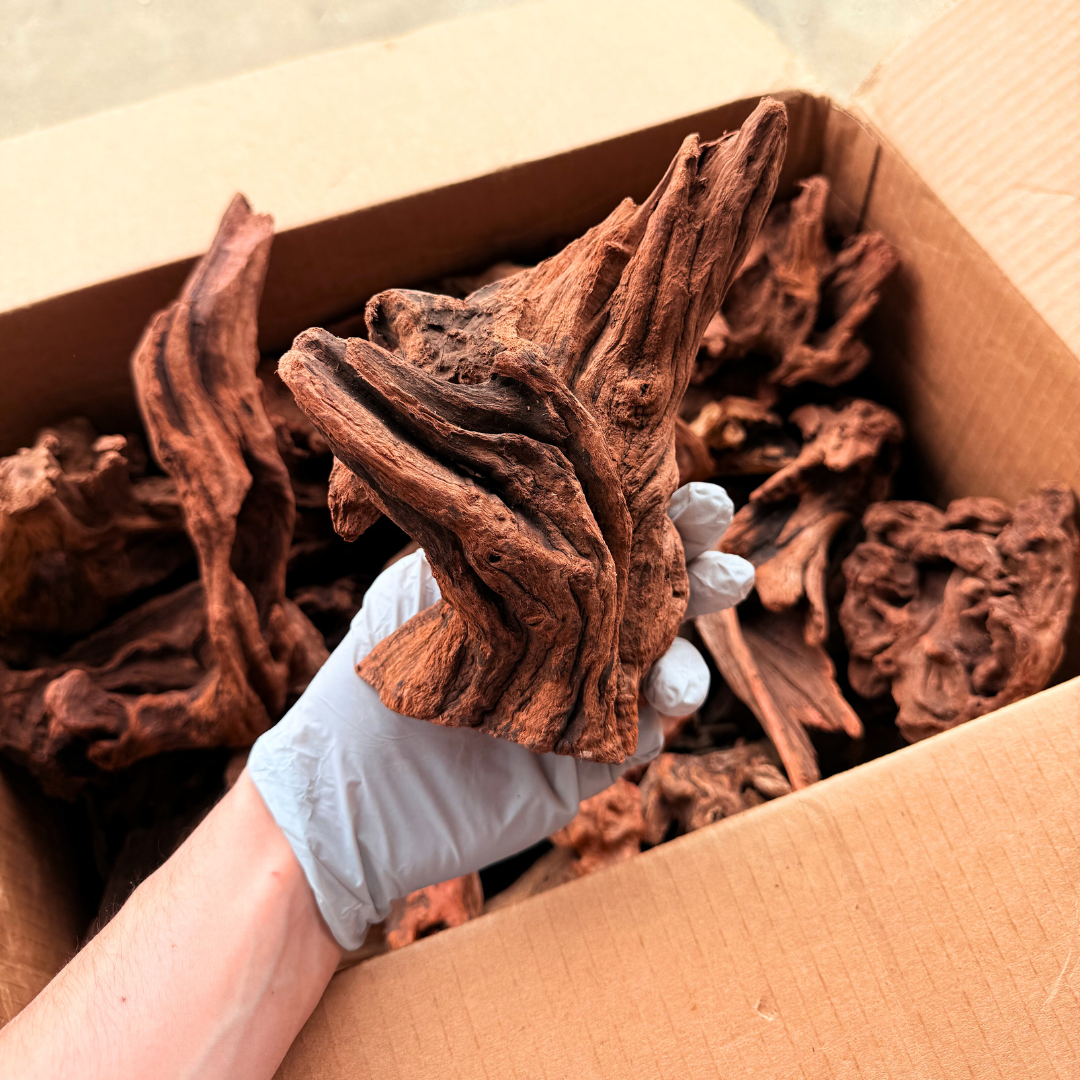






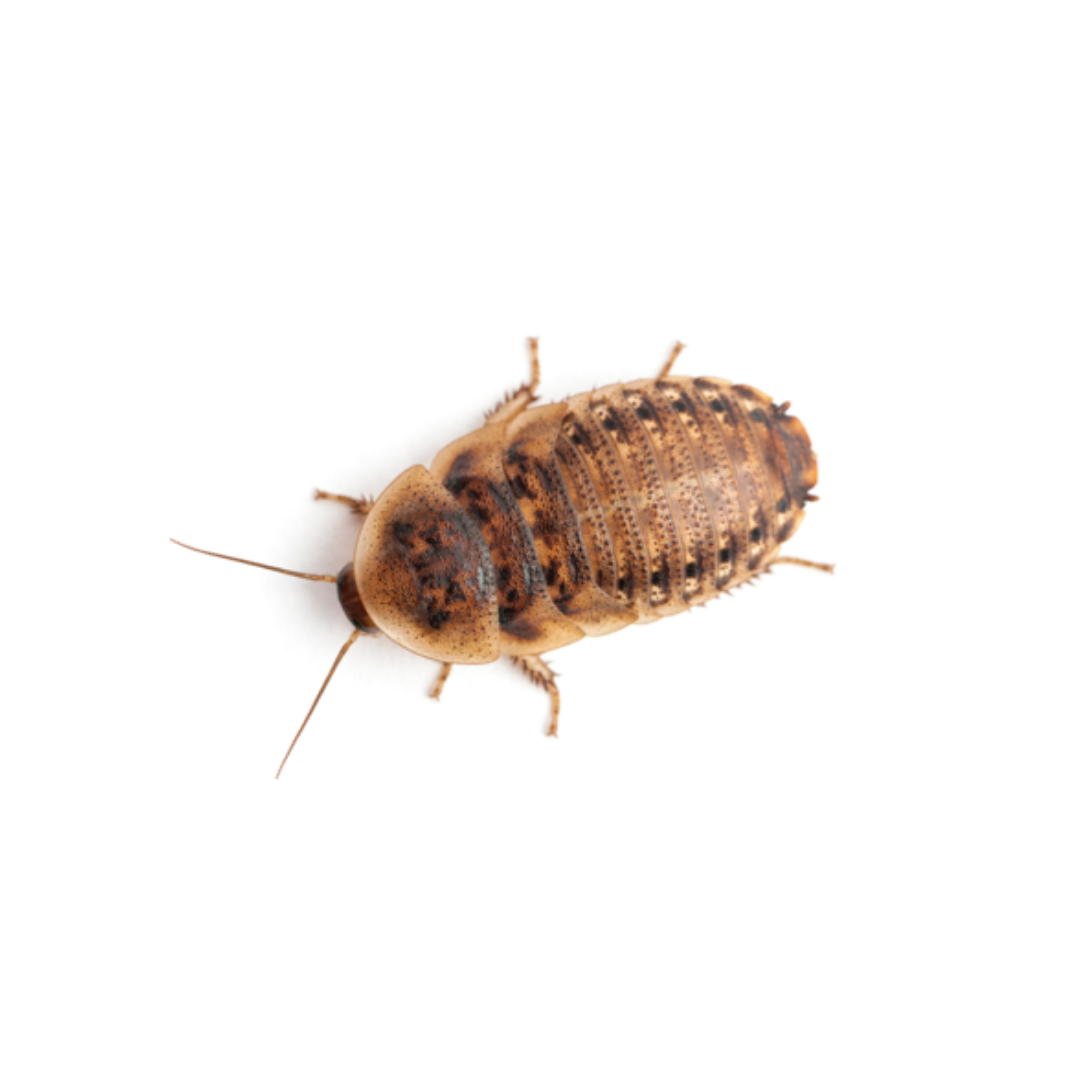
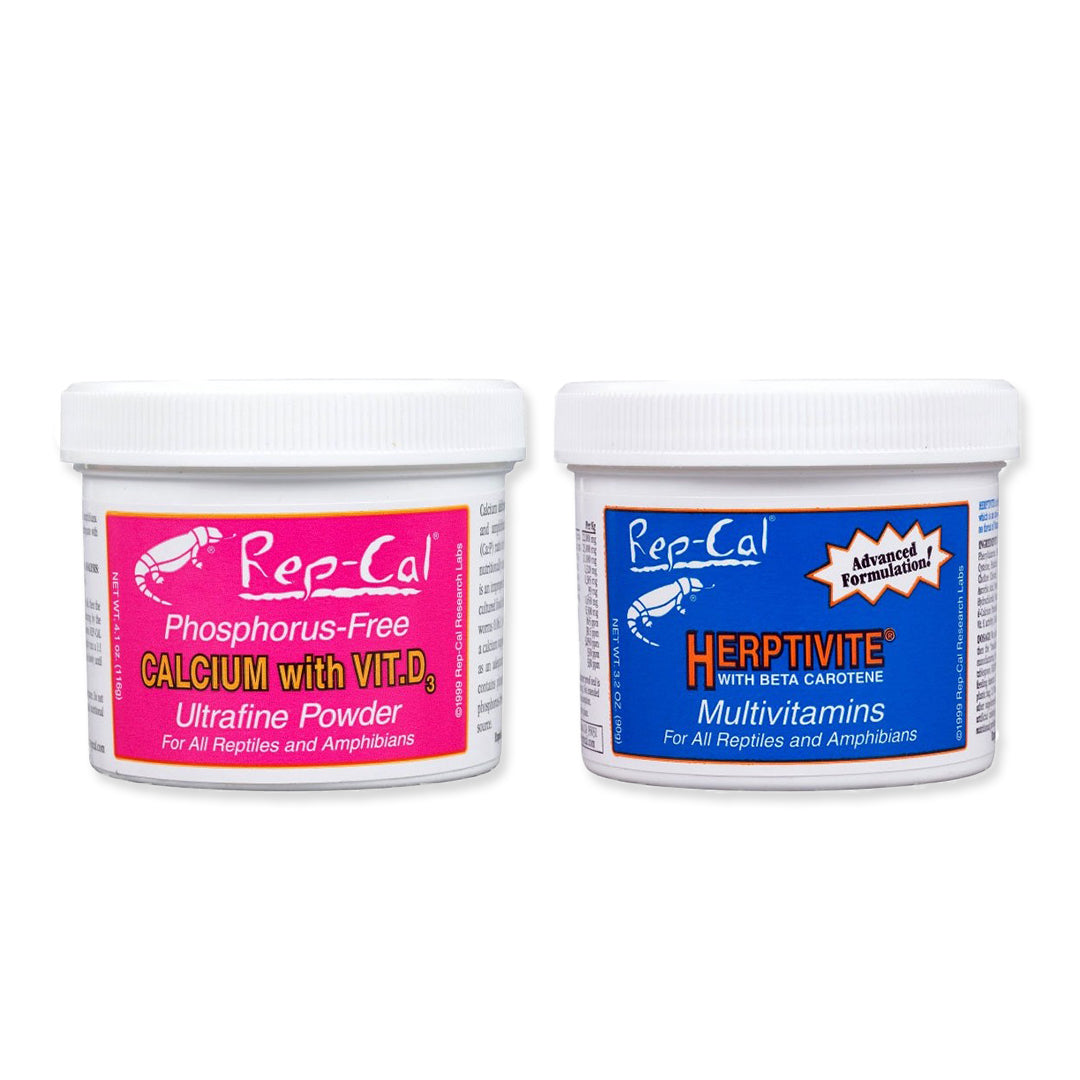
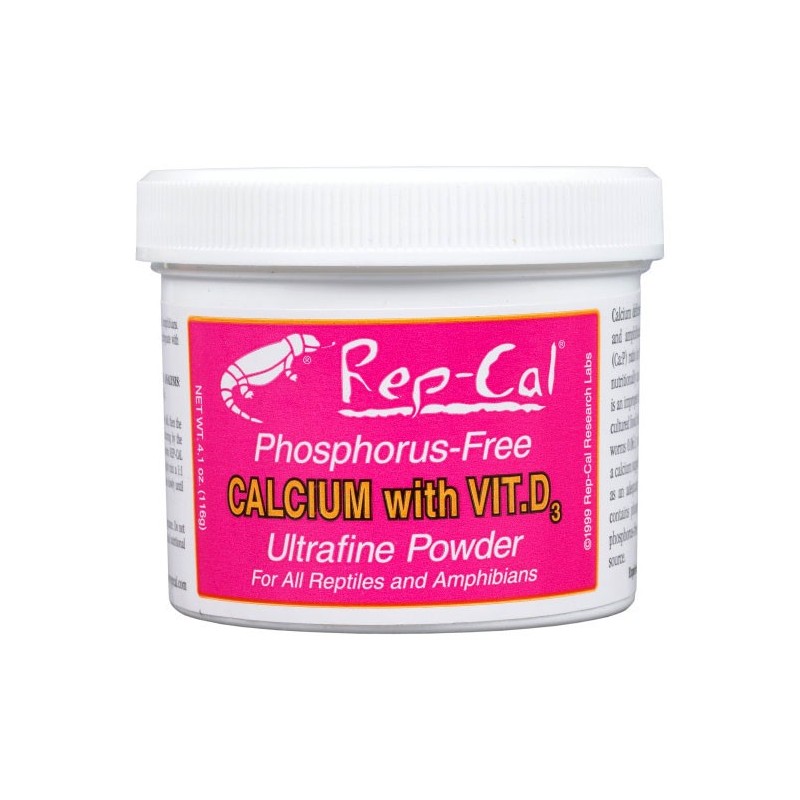
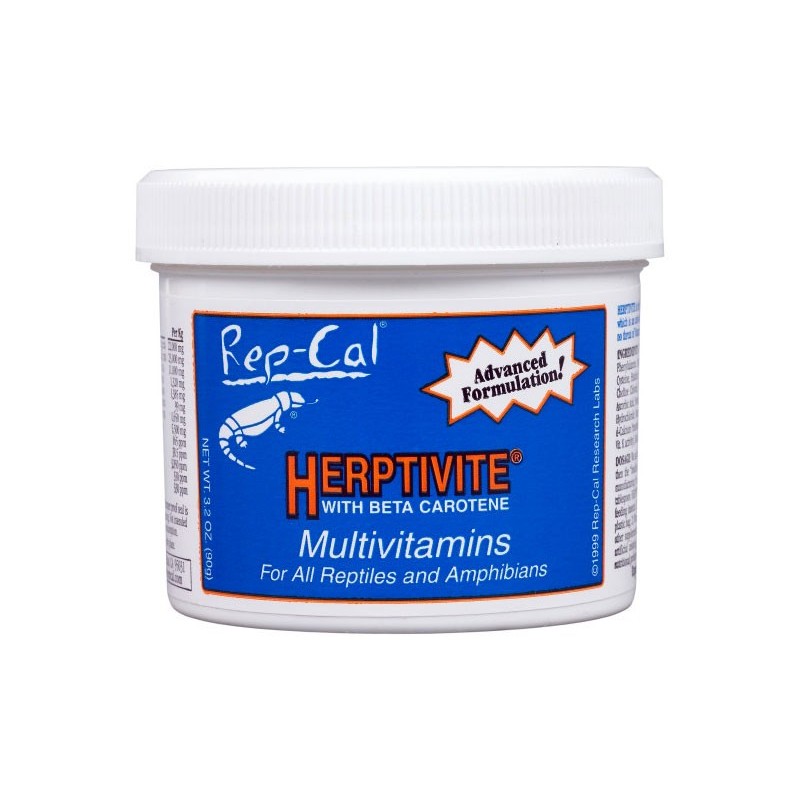
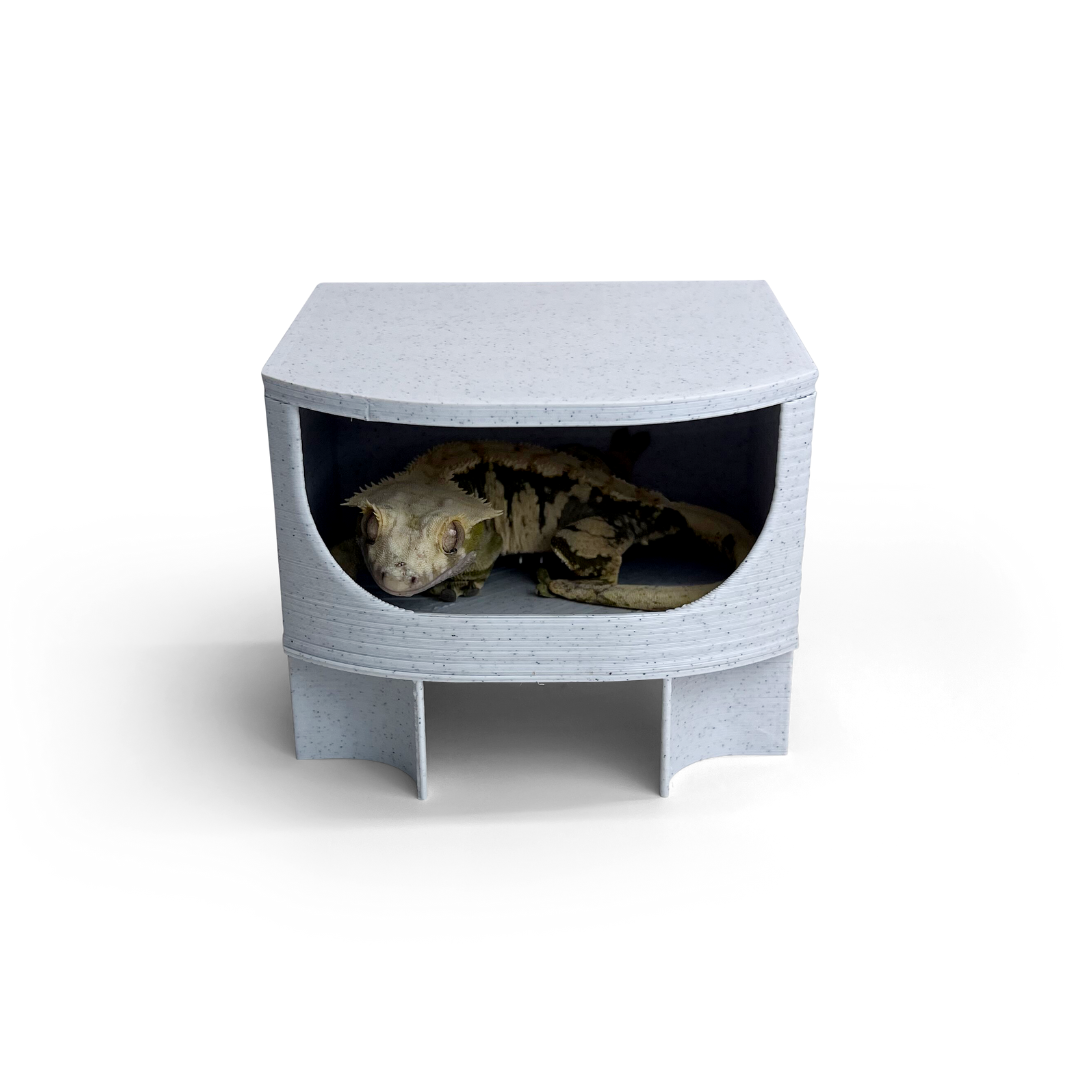
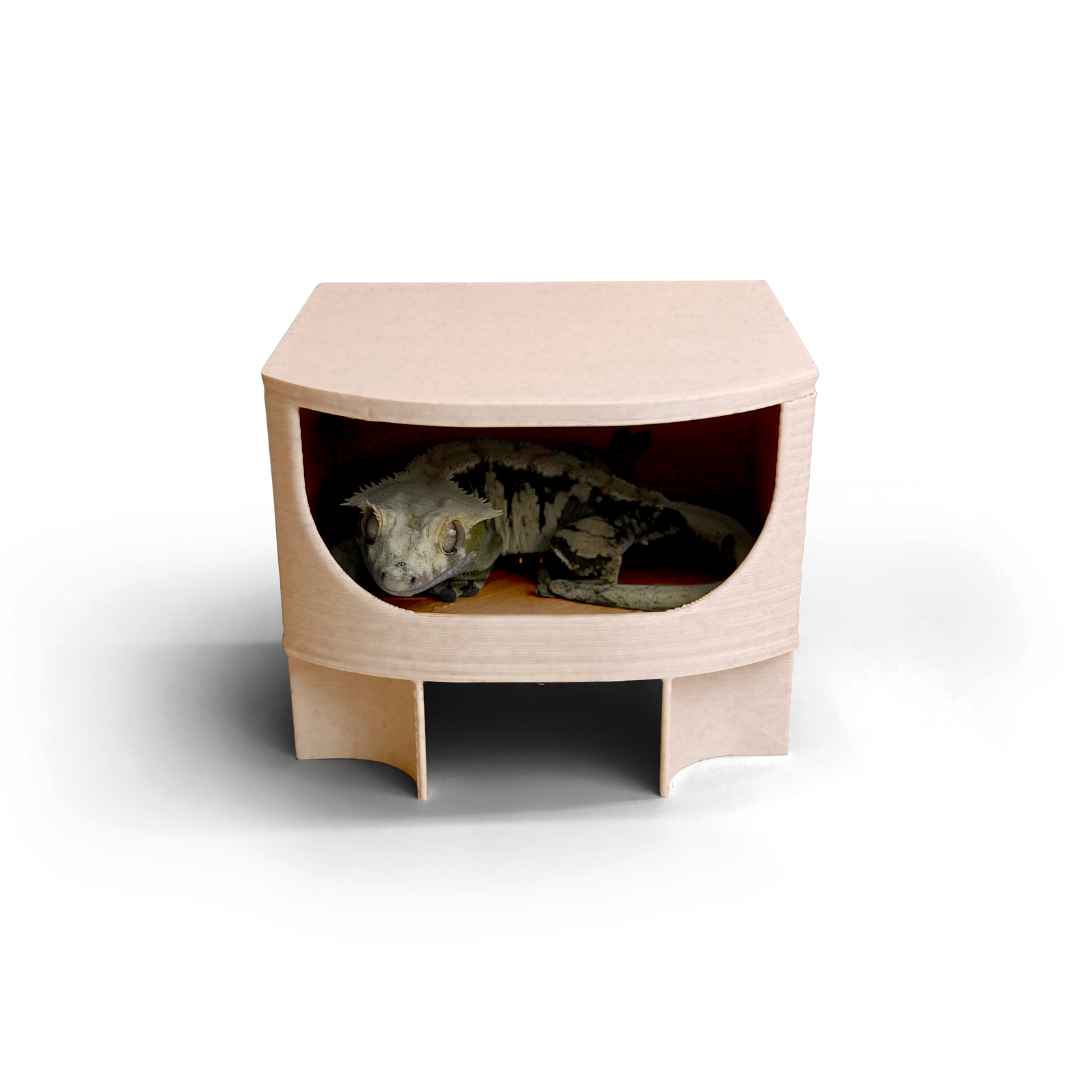
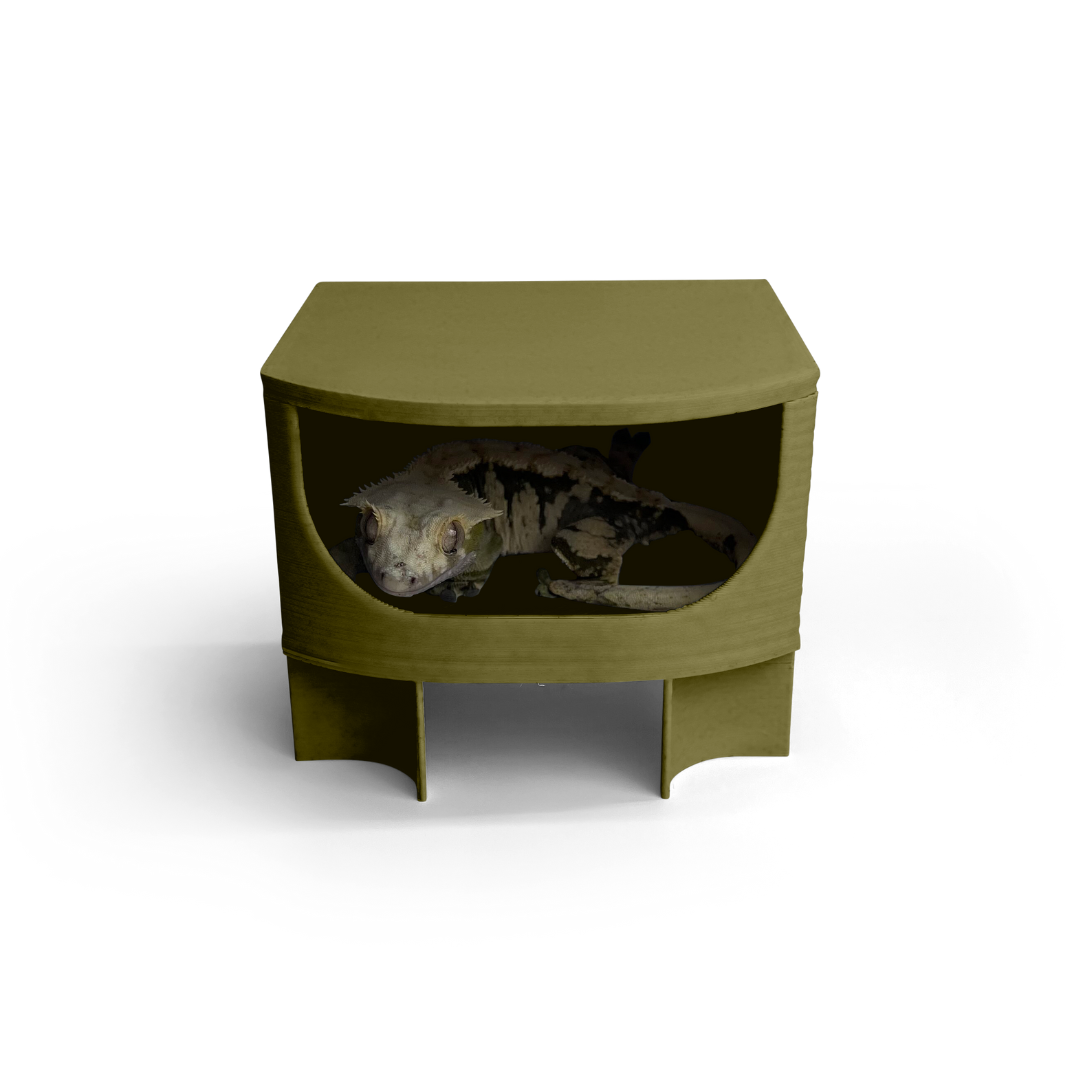
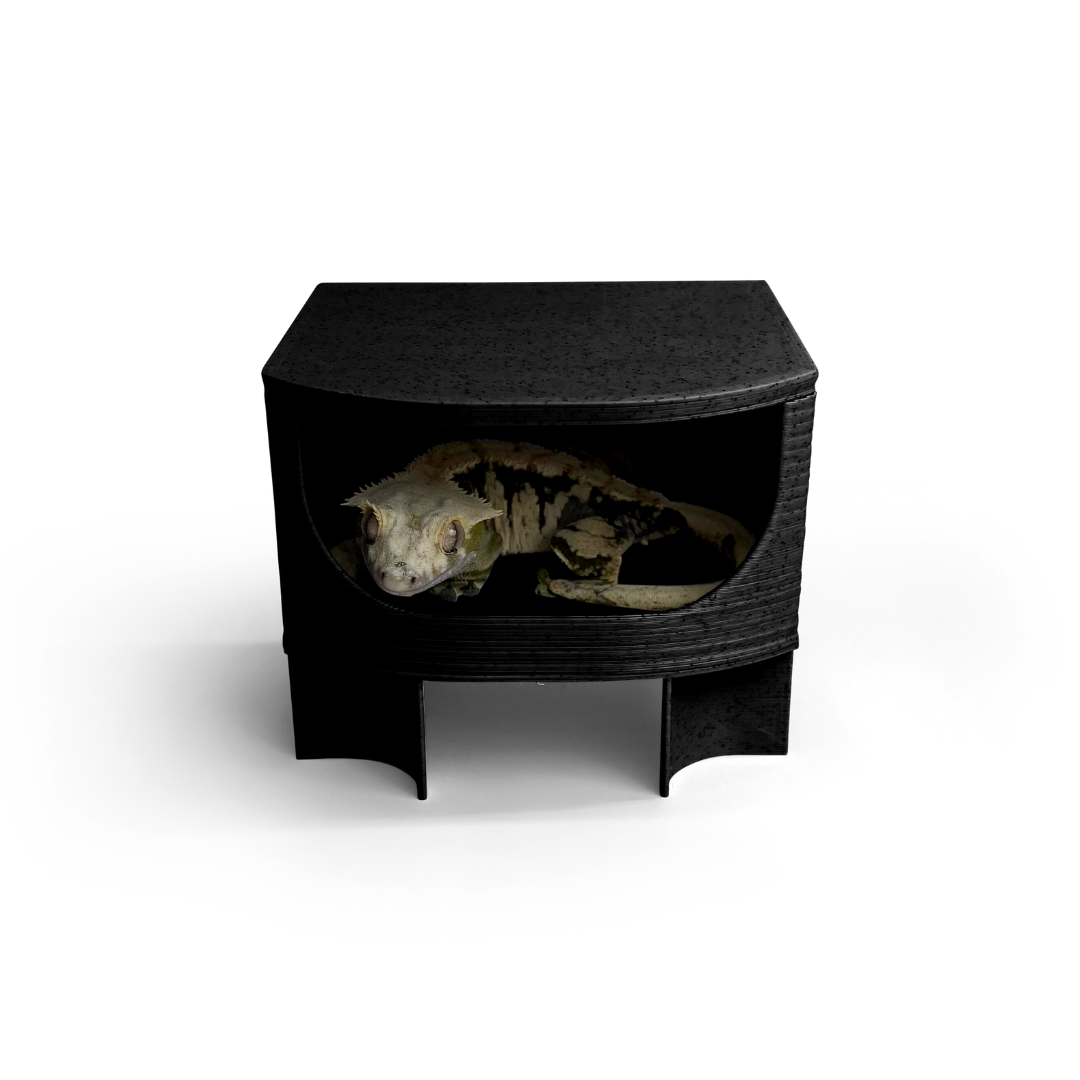
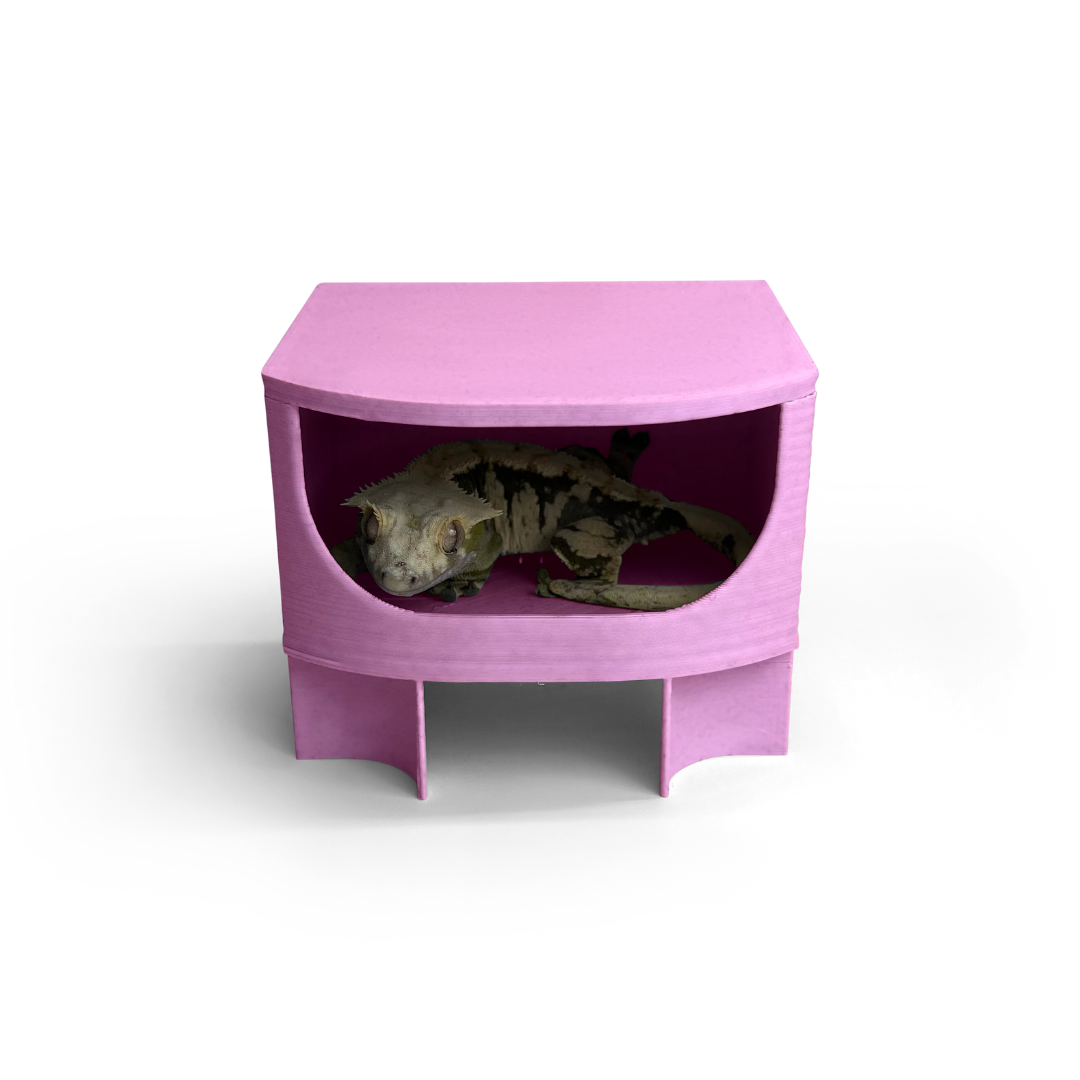
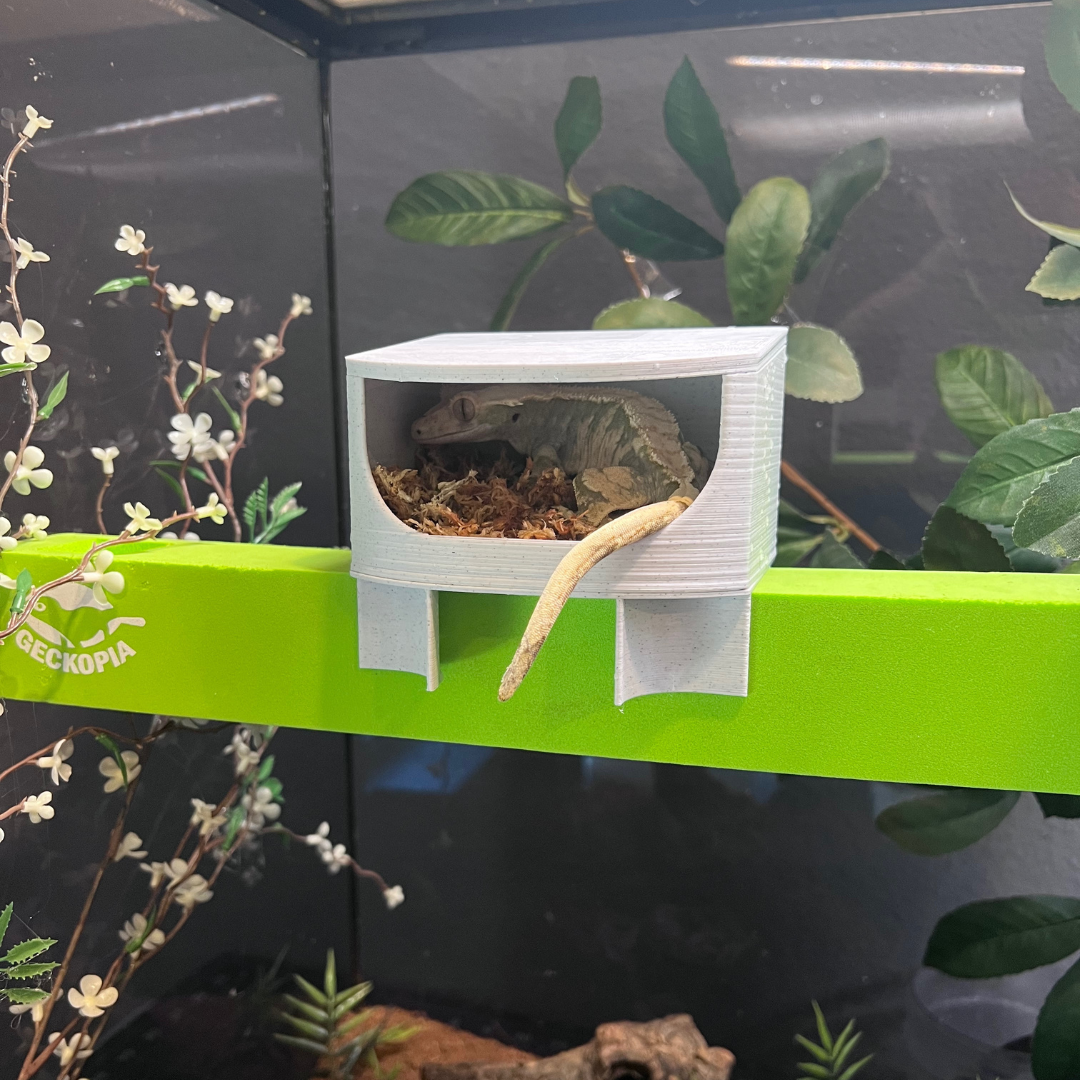
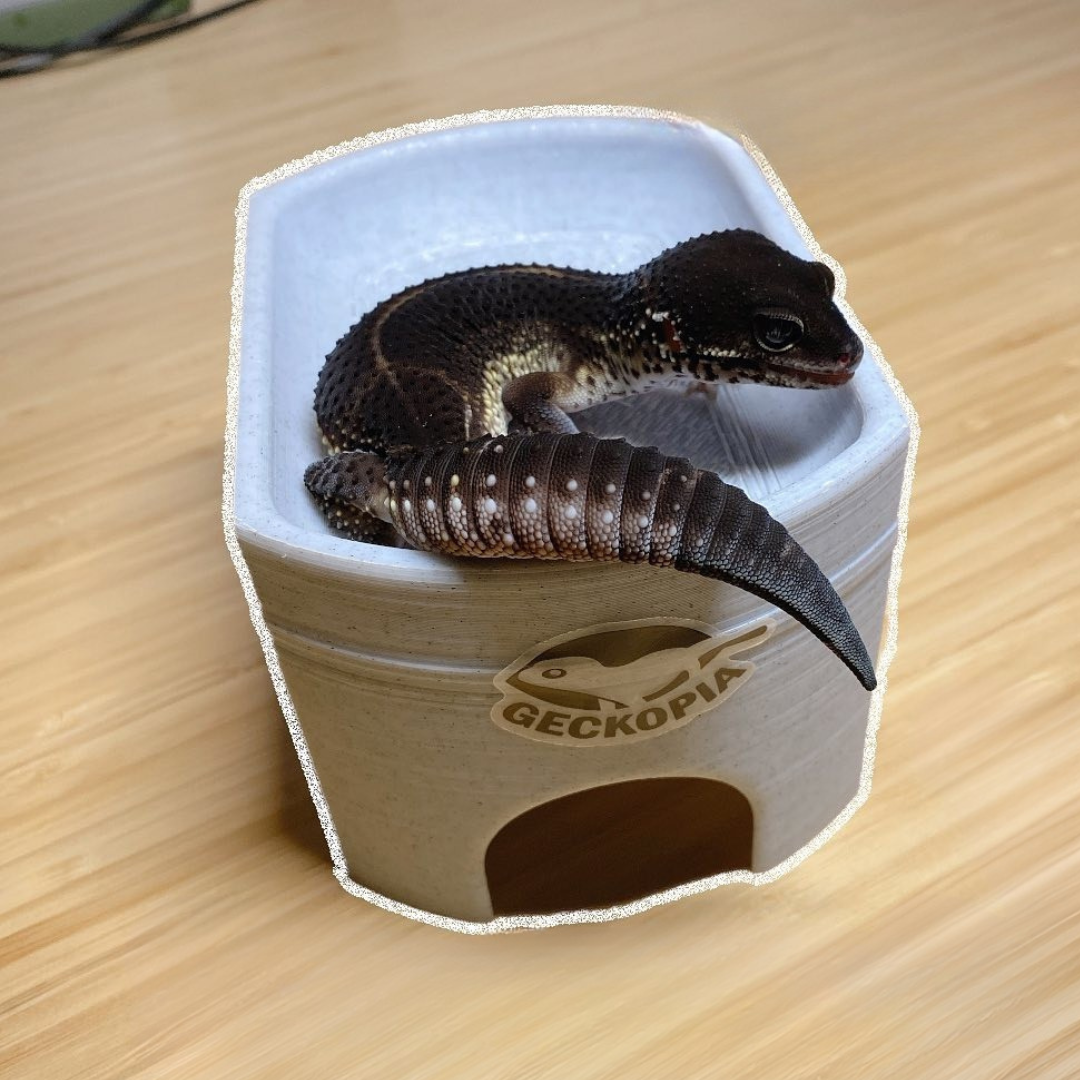
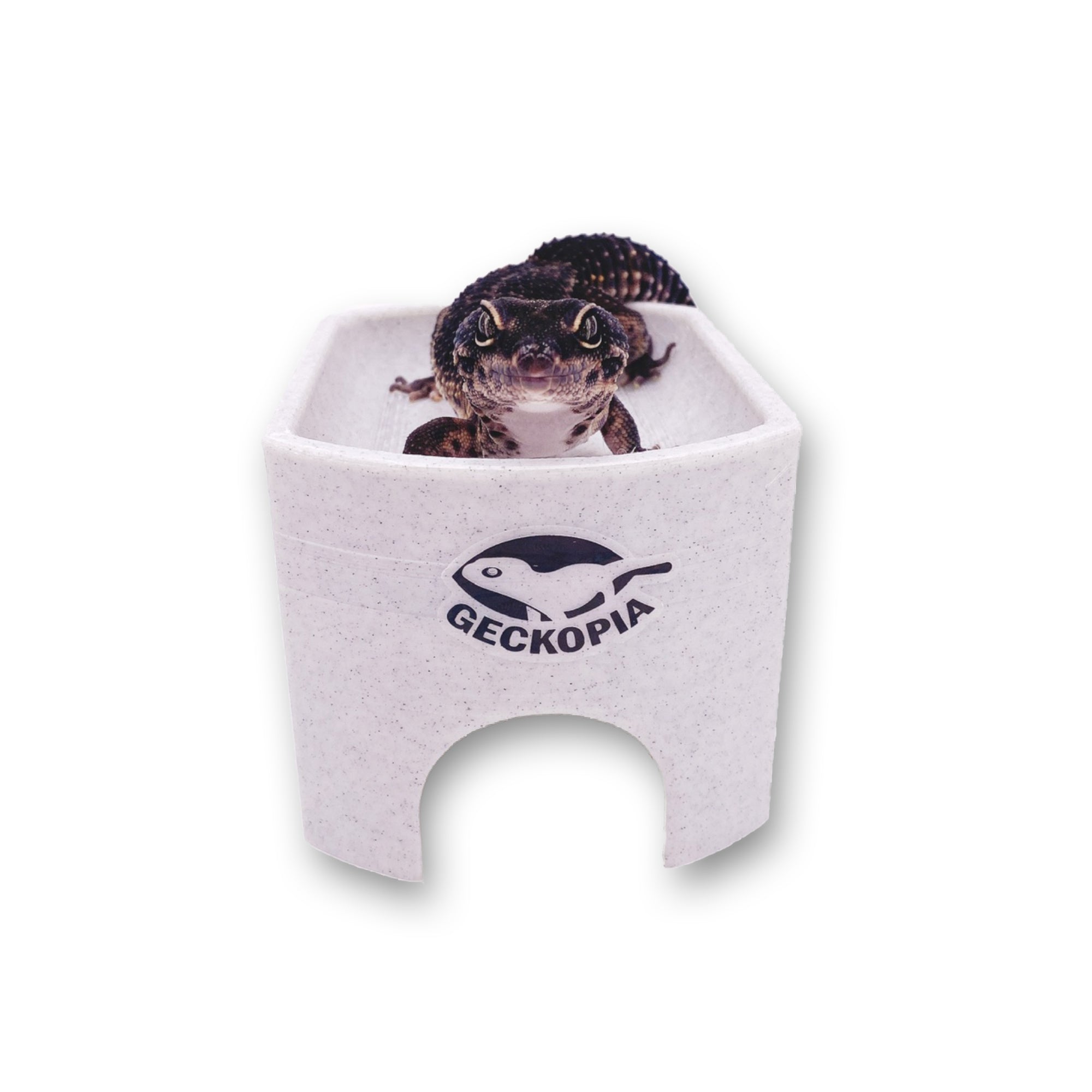
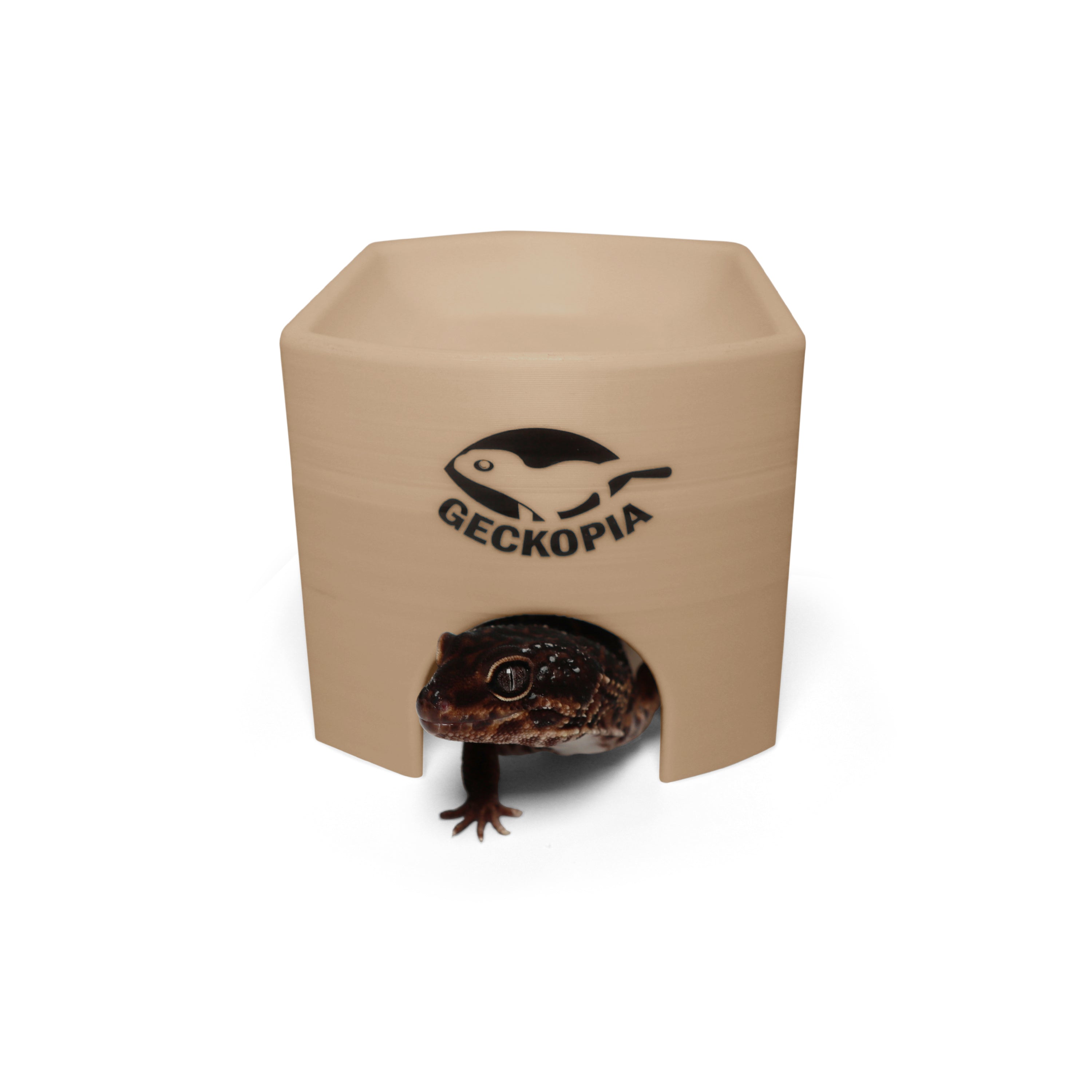
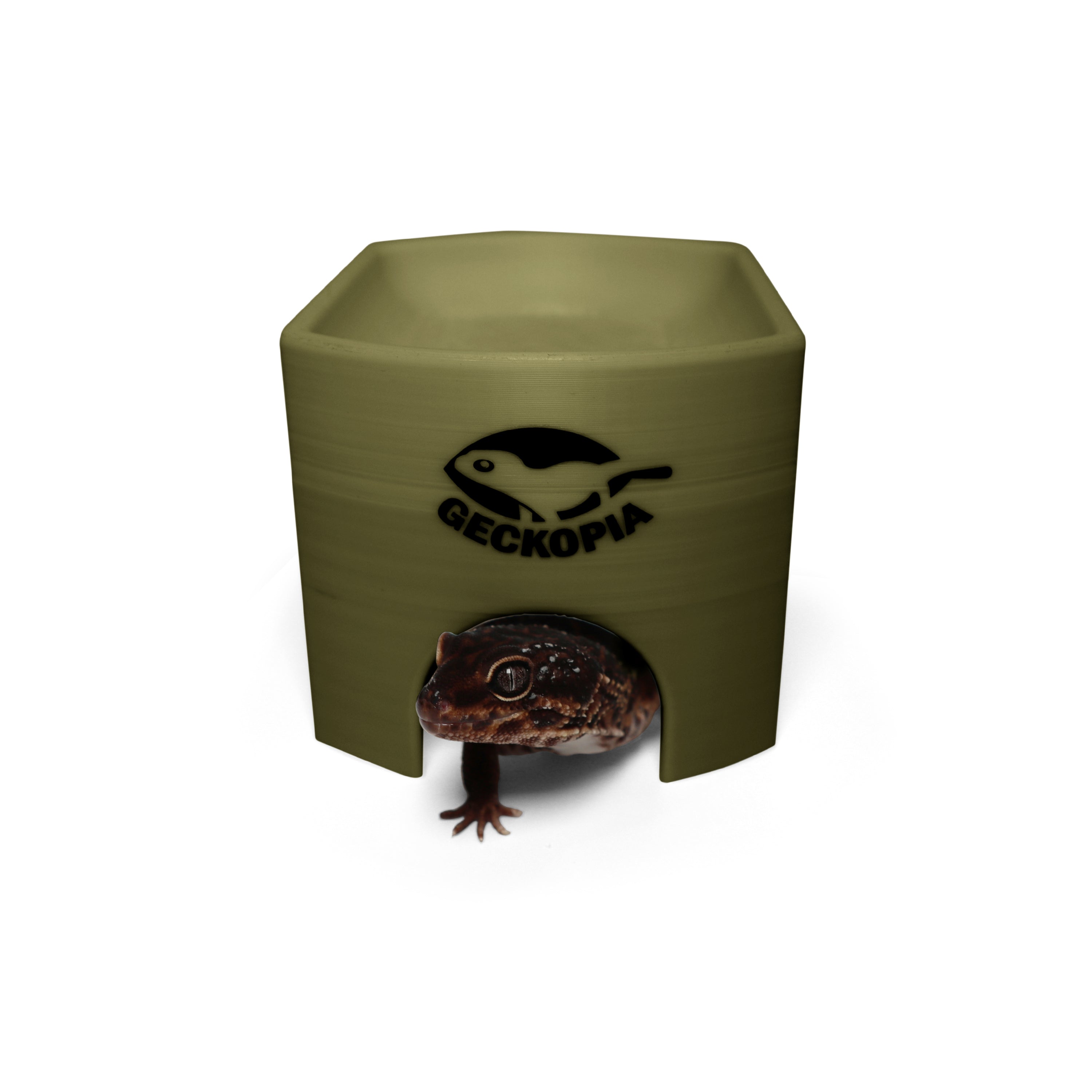
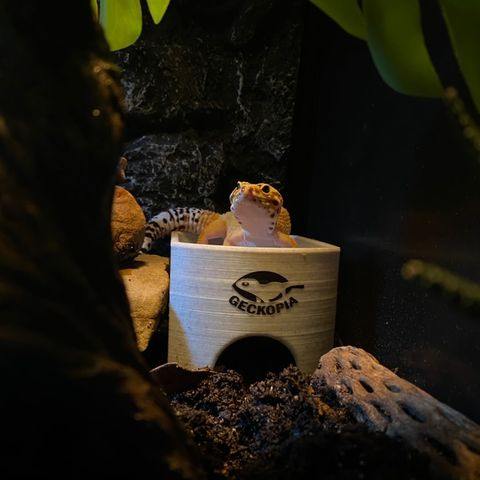
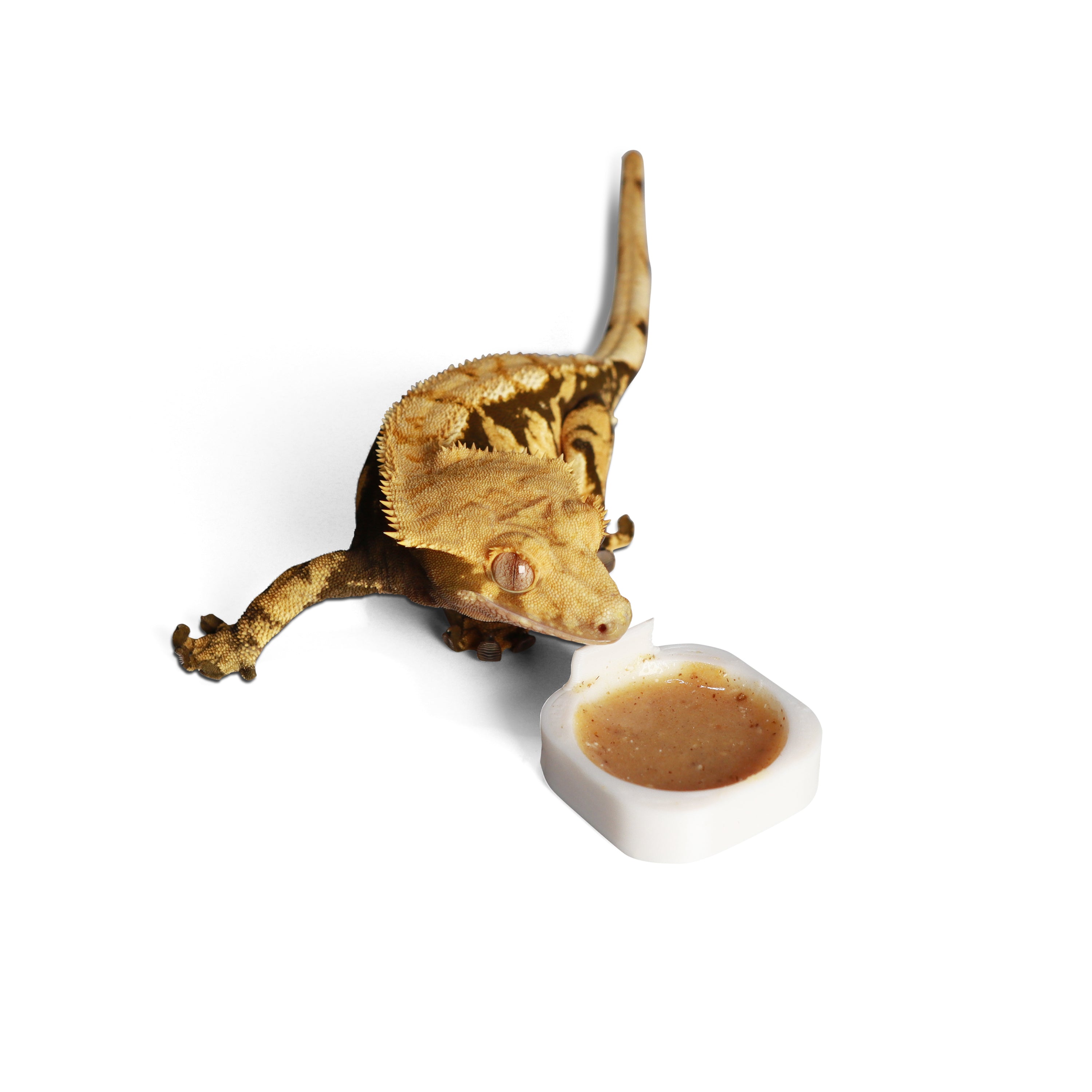
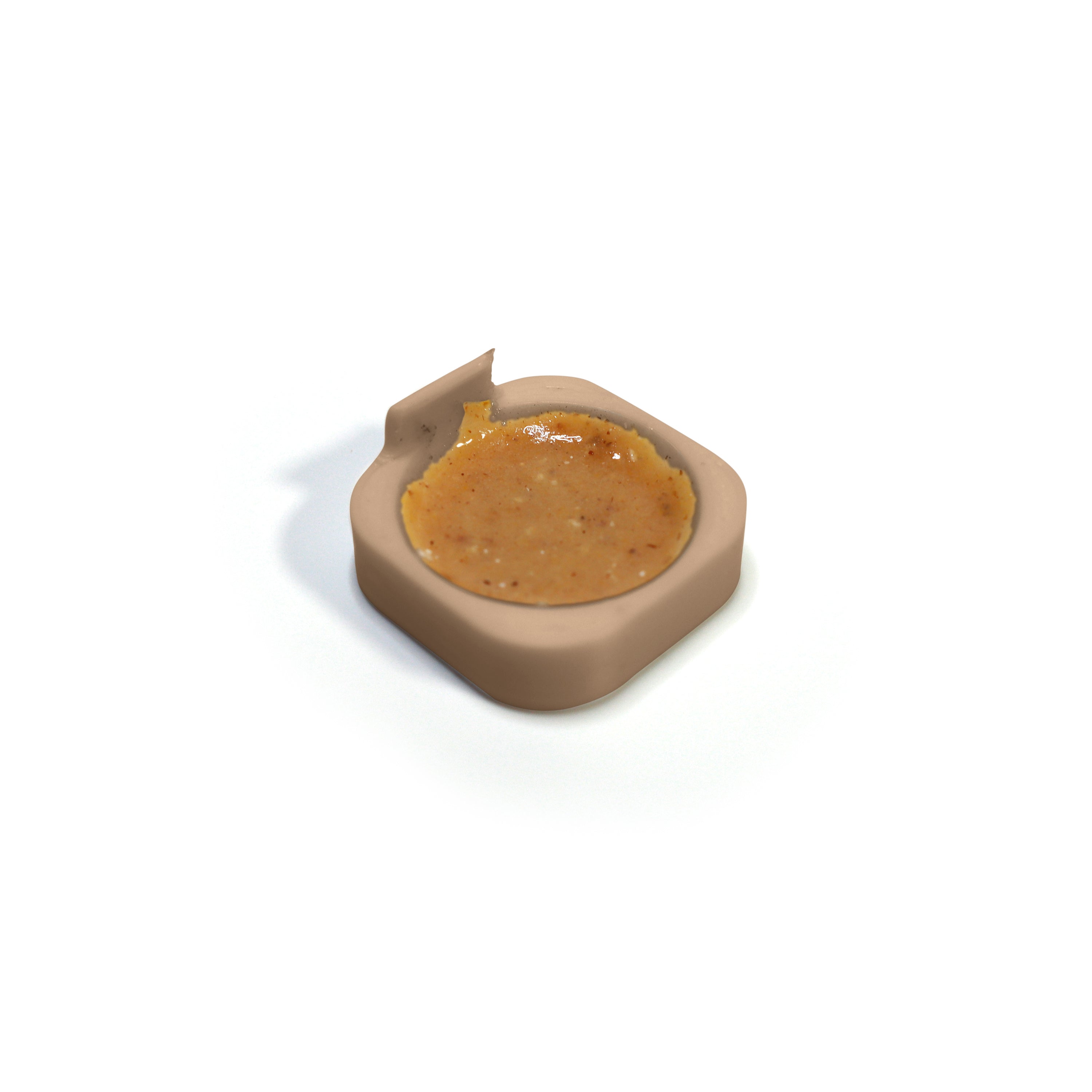
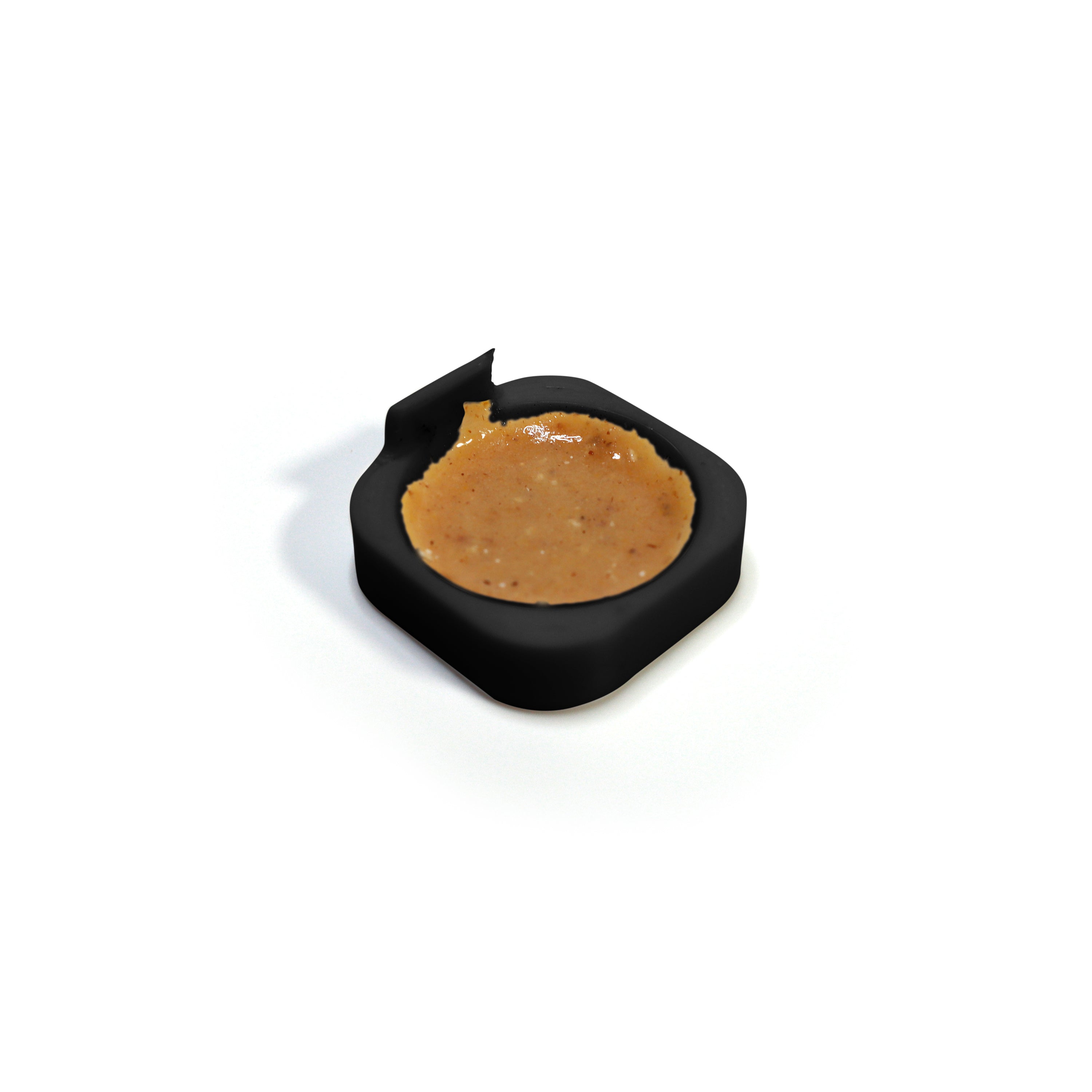
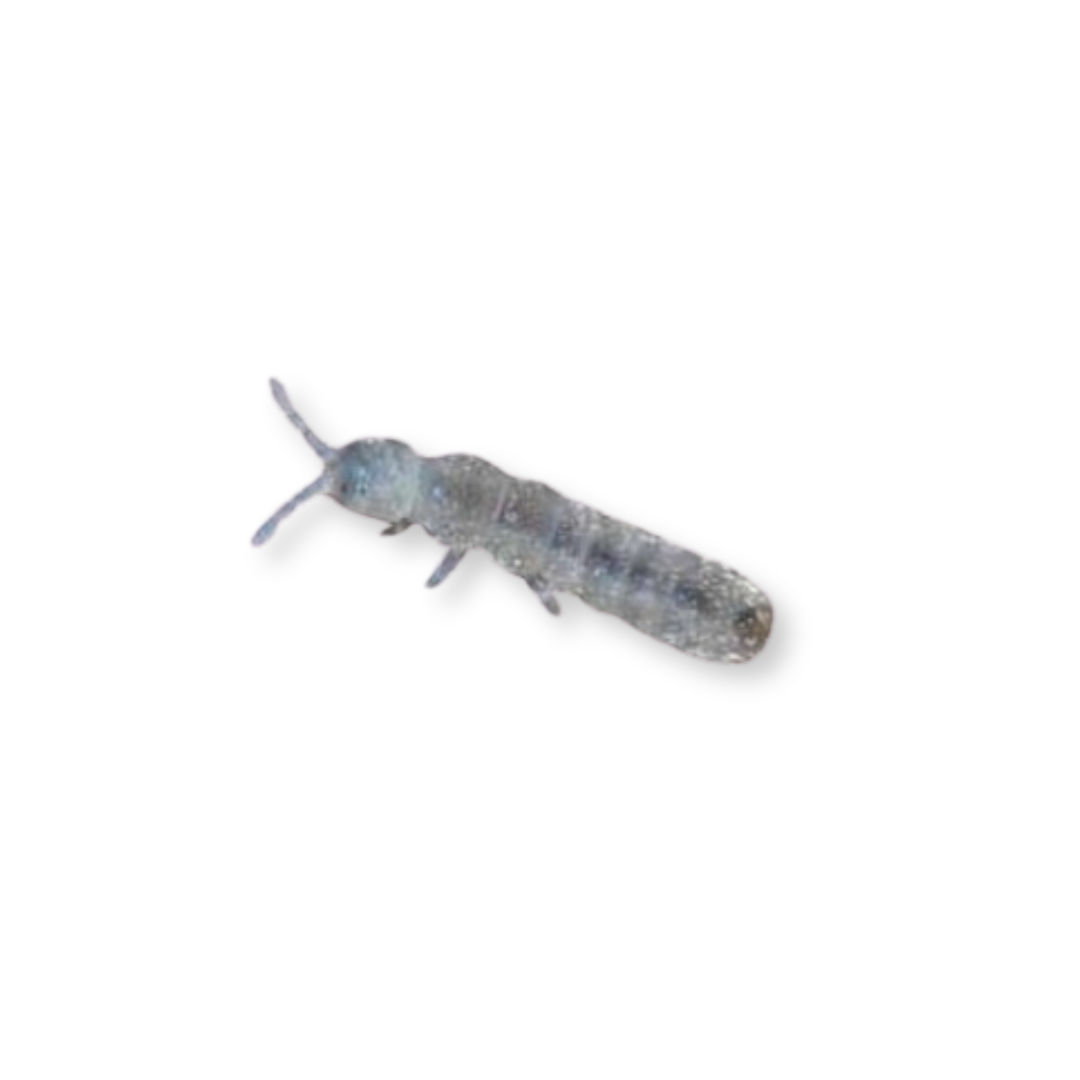

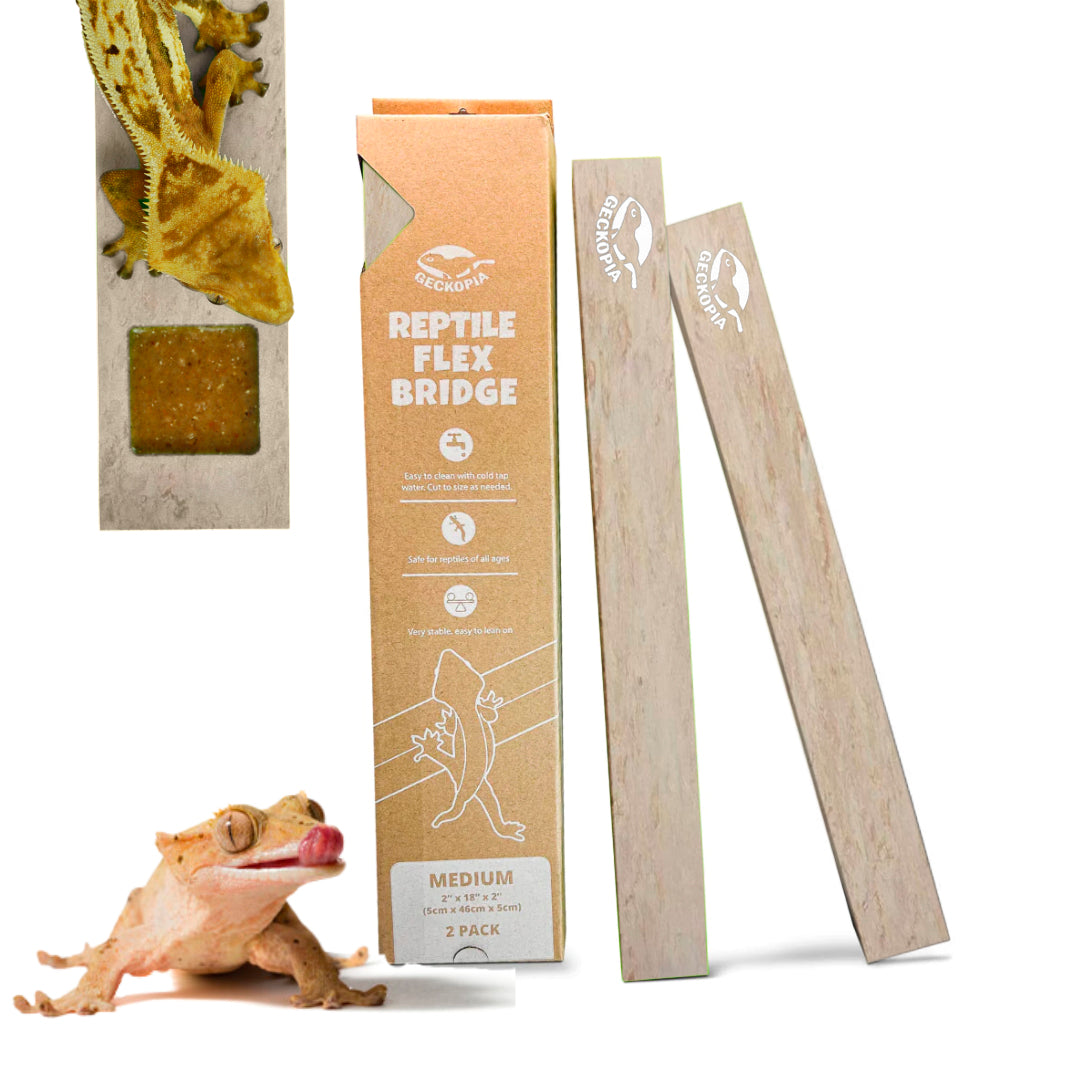


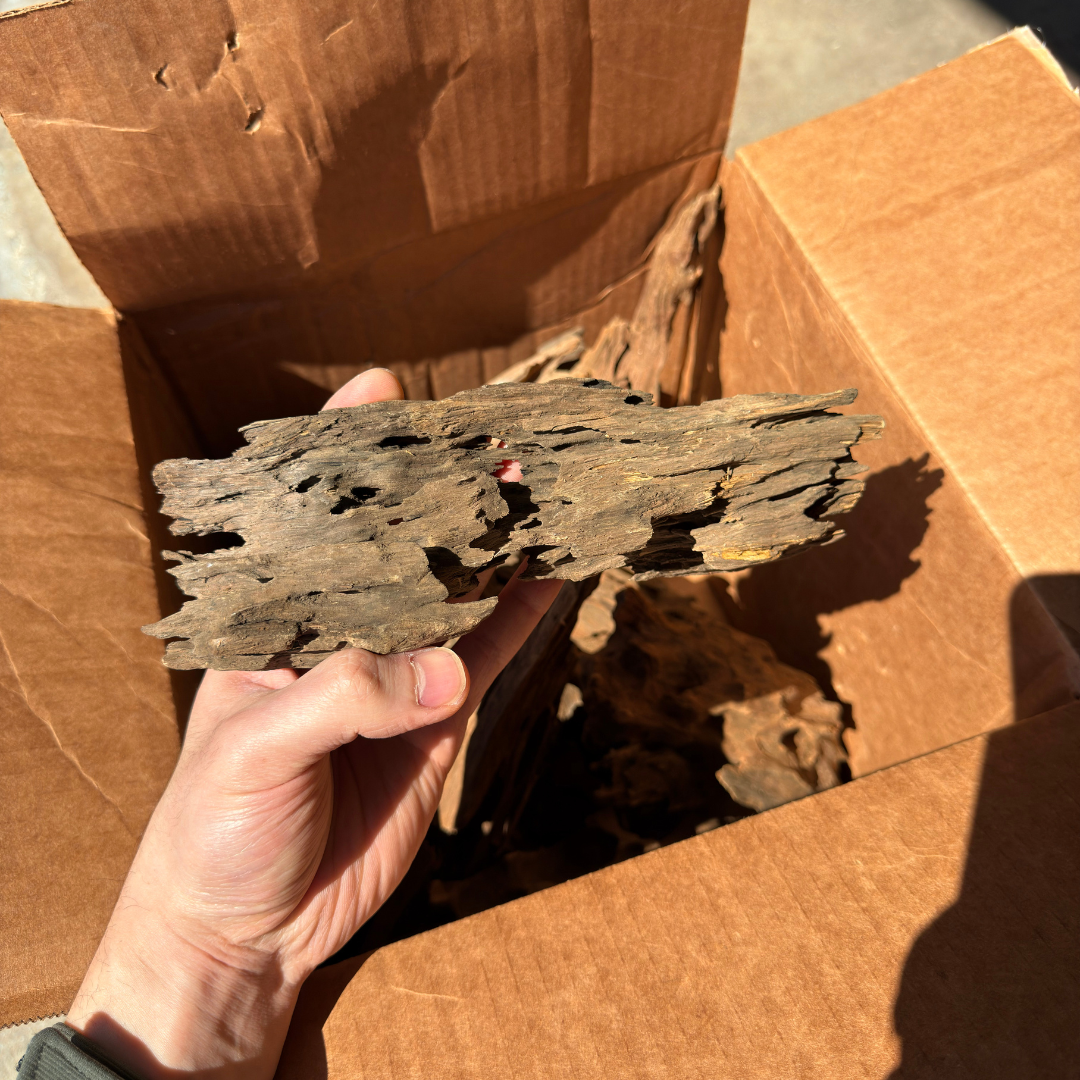


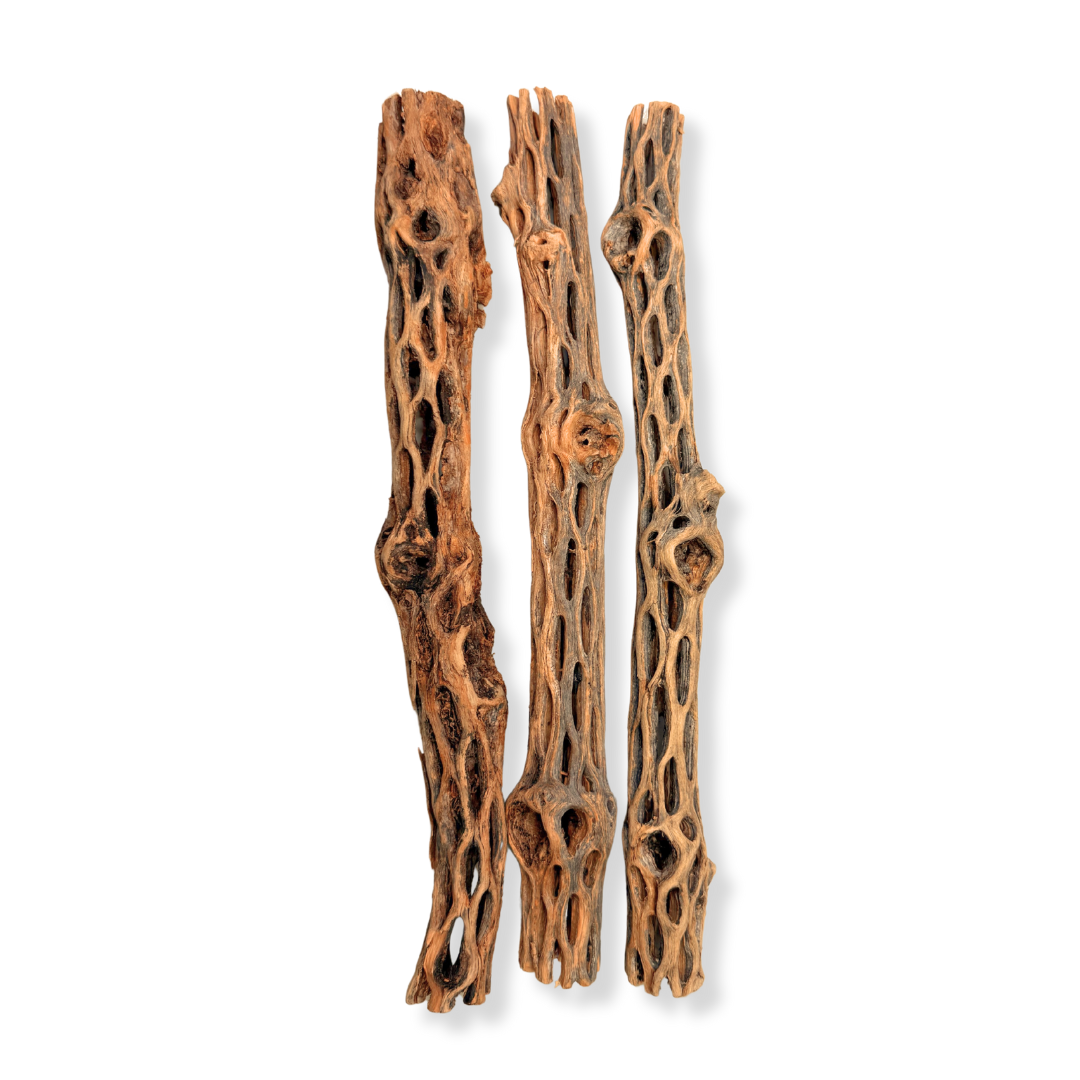
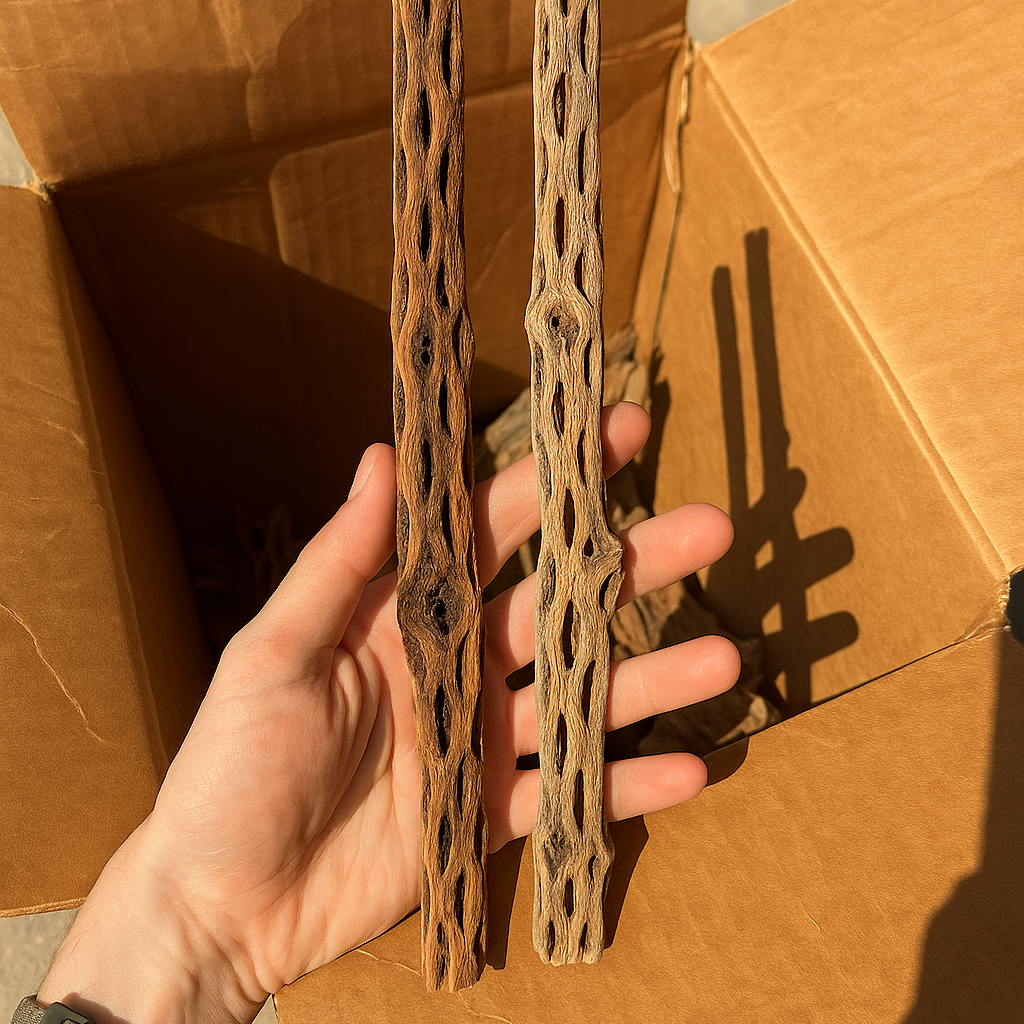
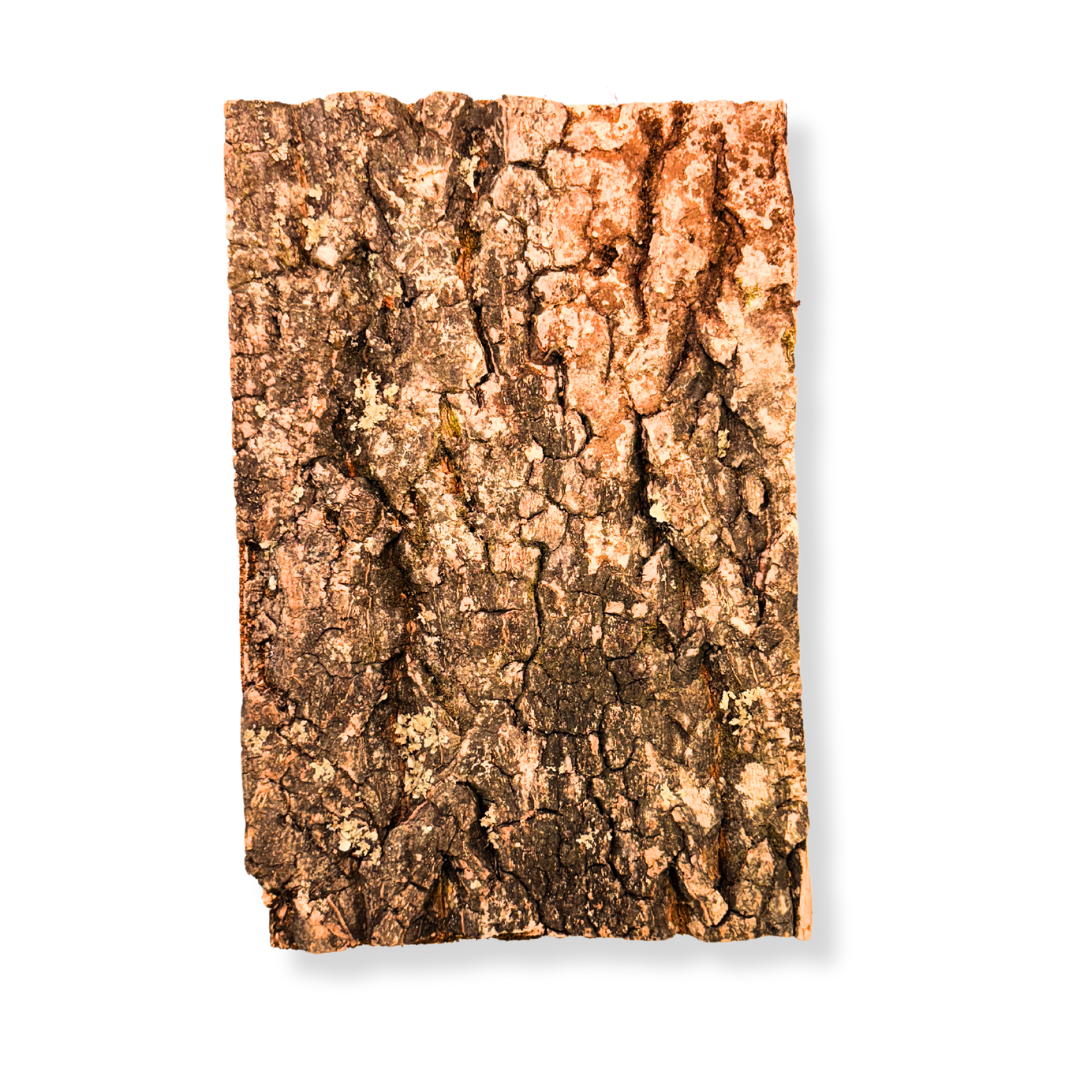

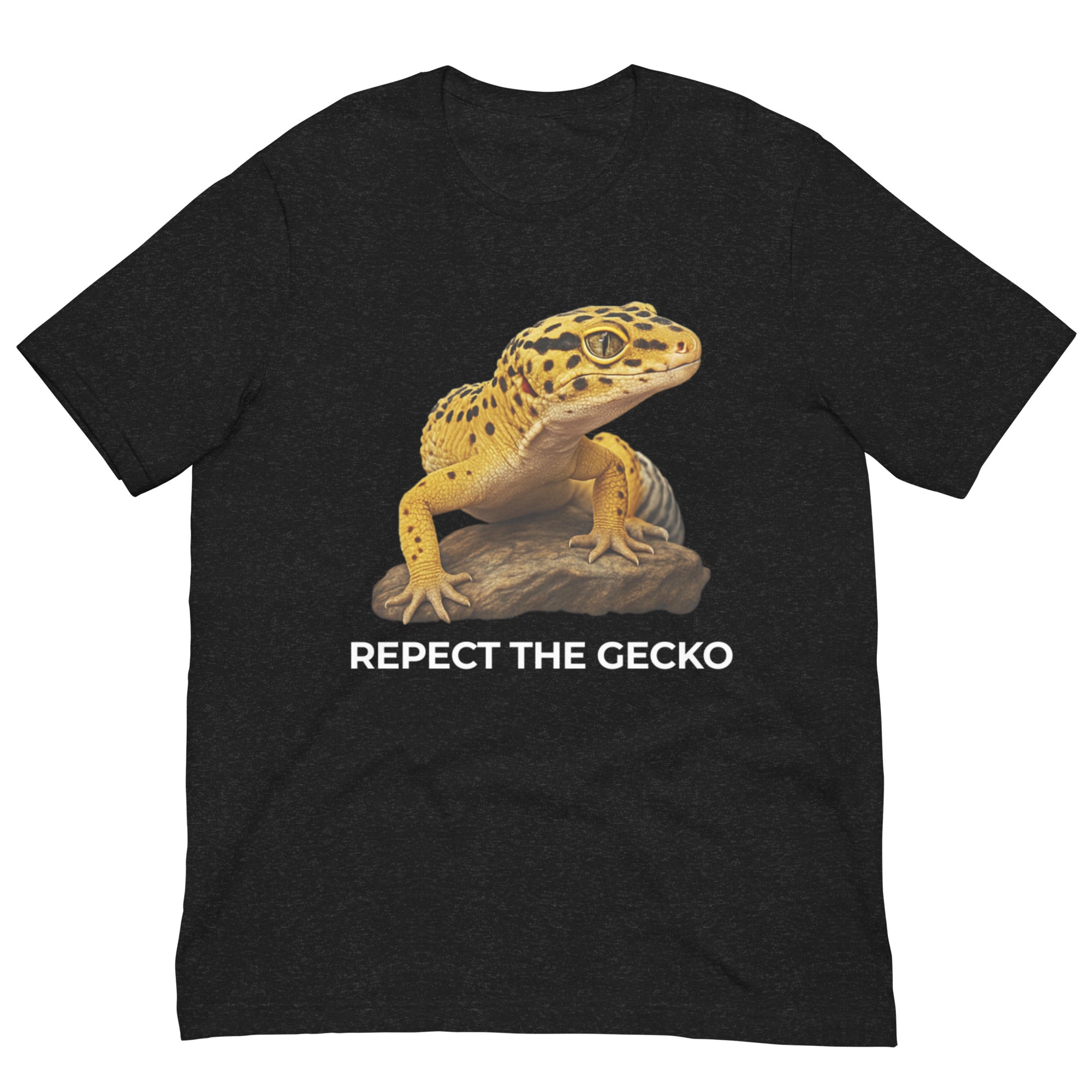
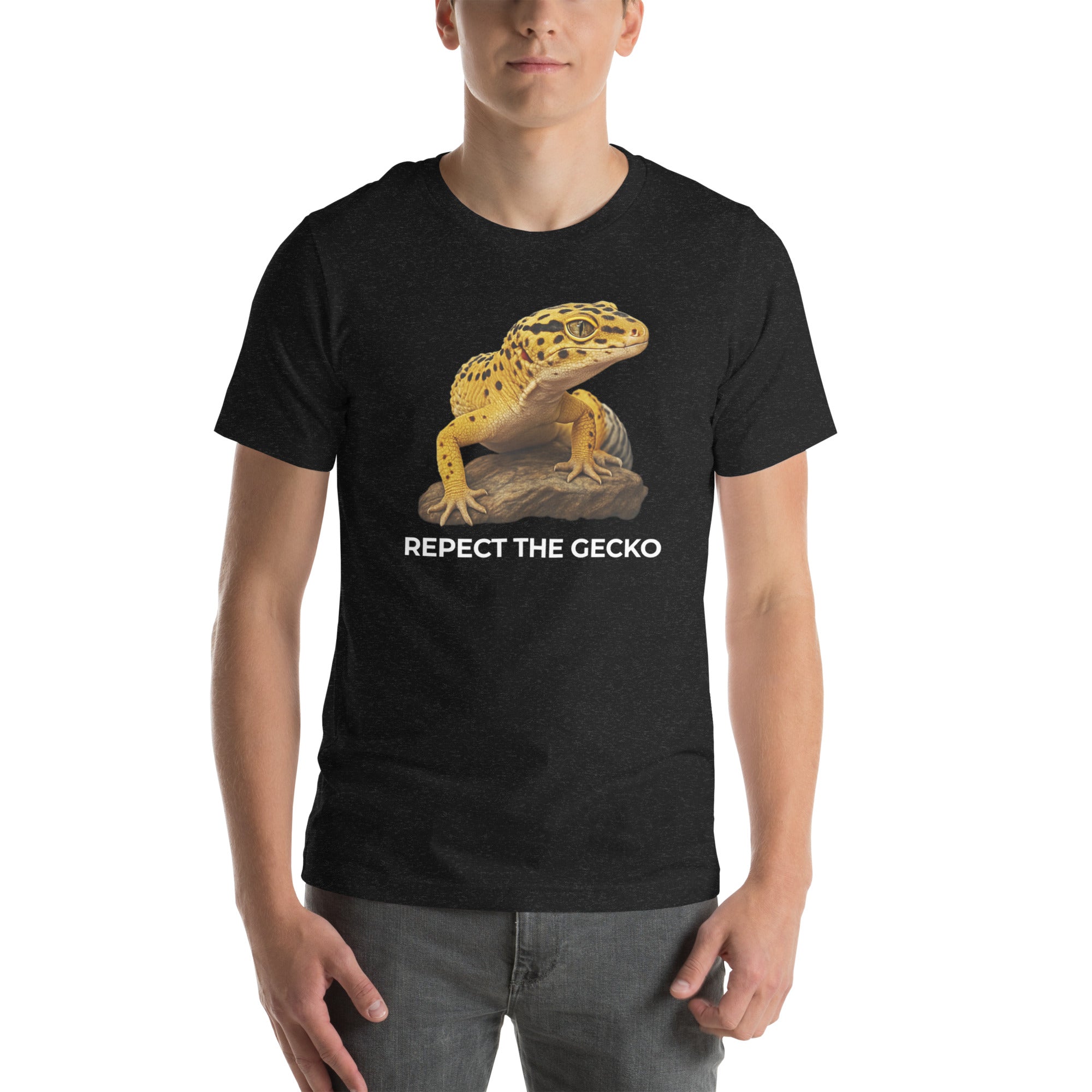
Leave a comment